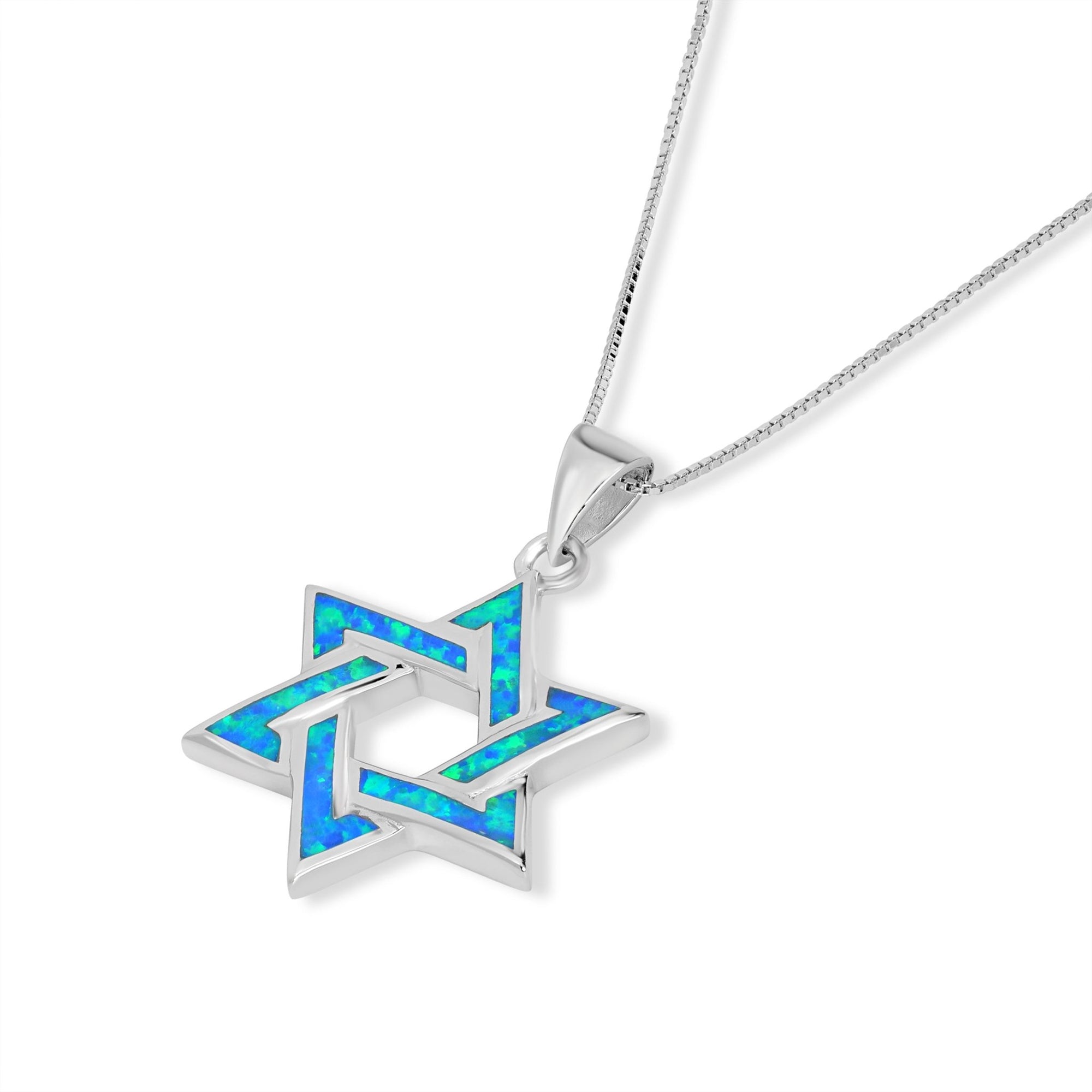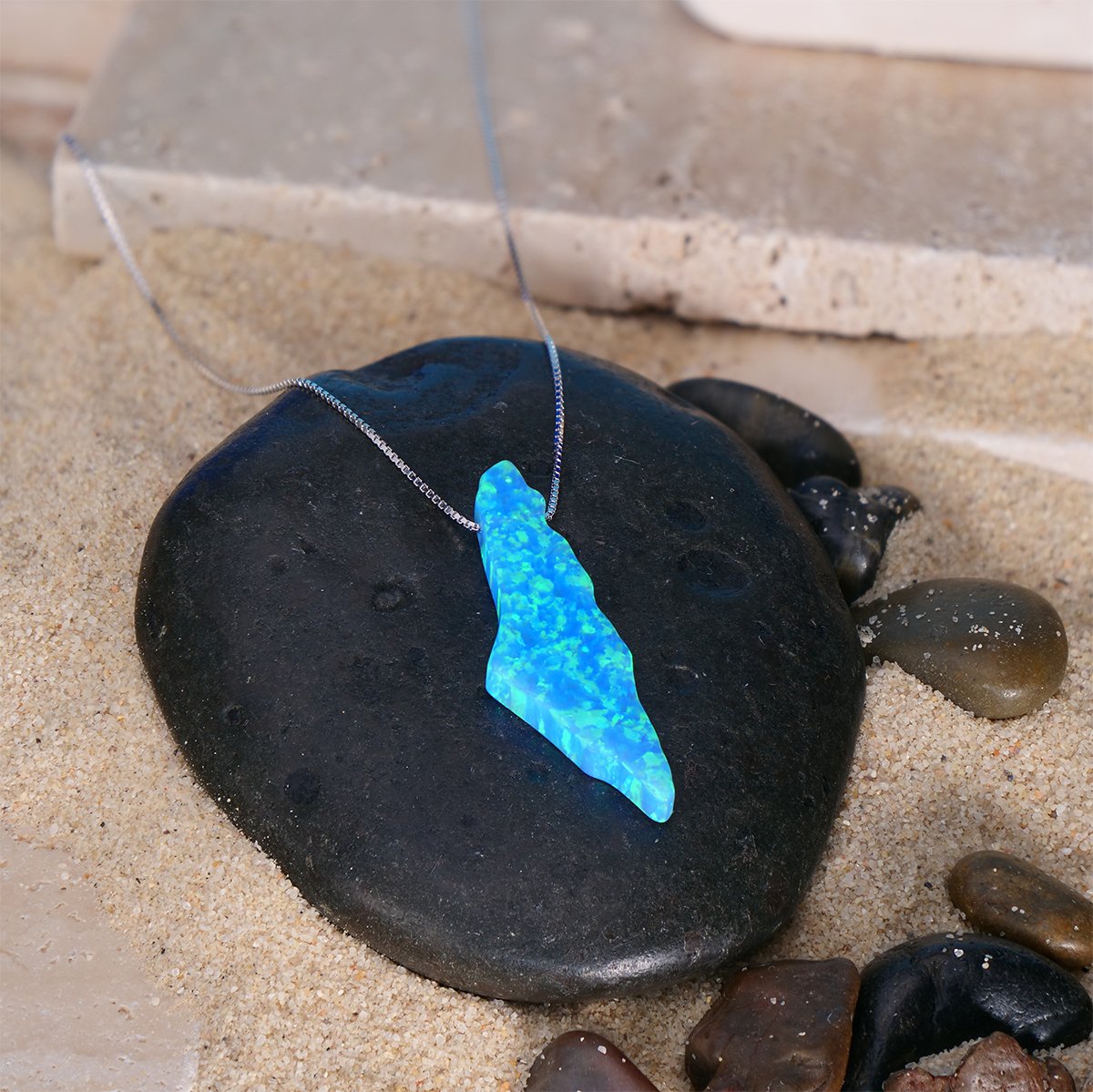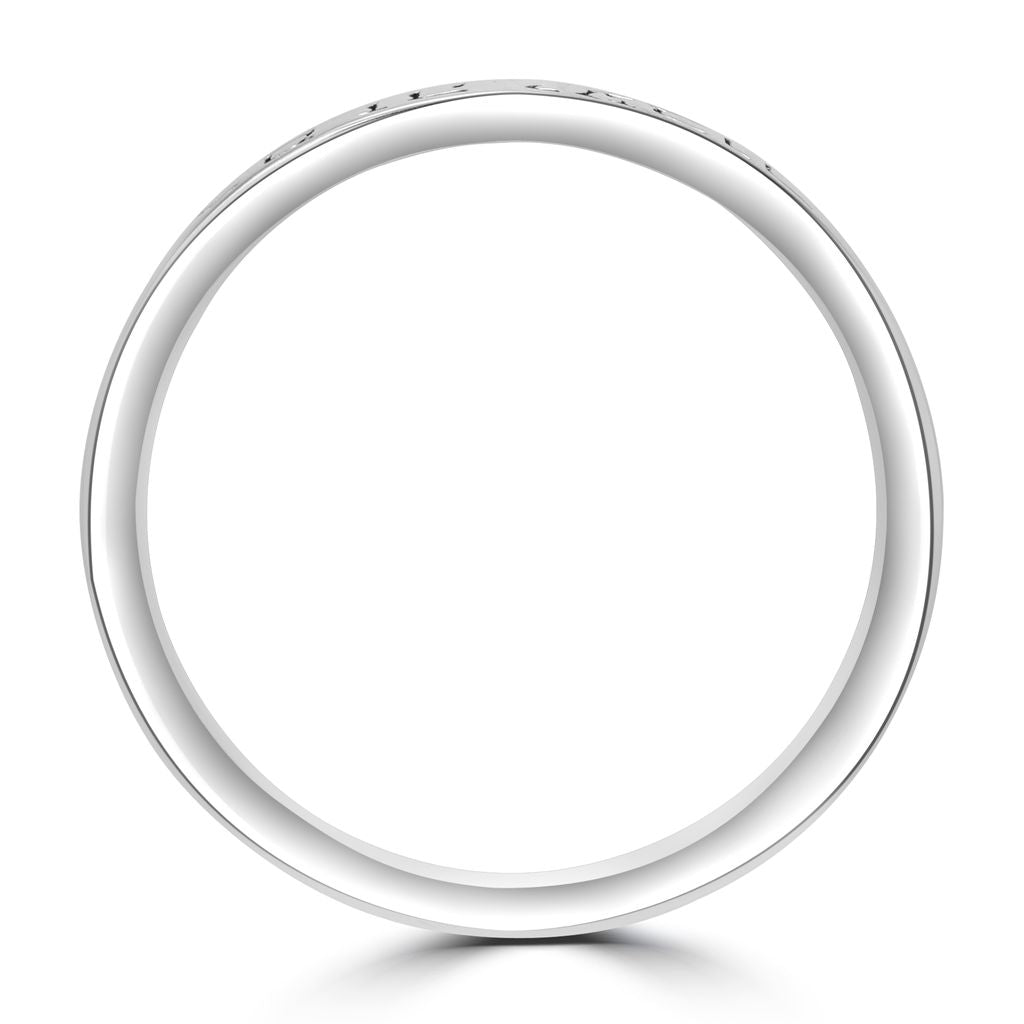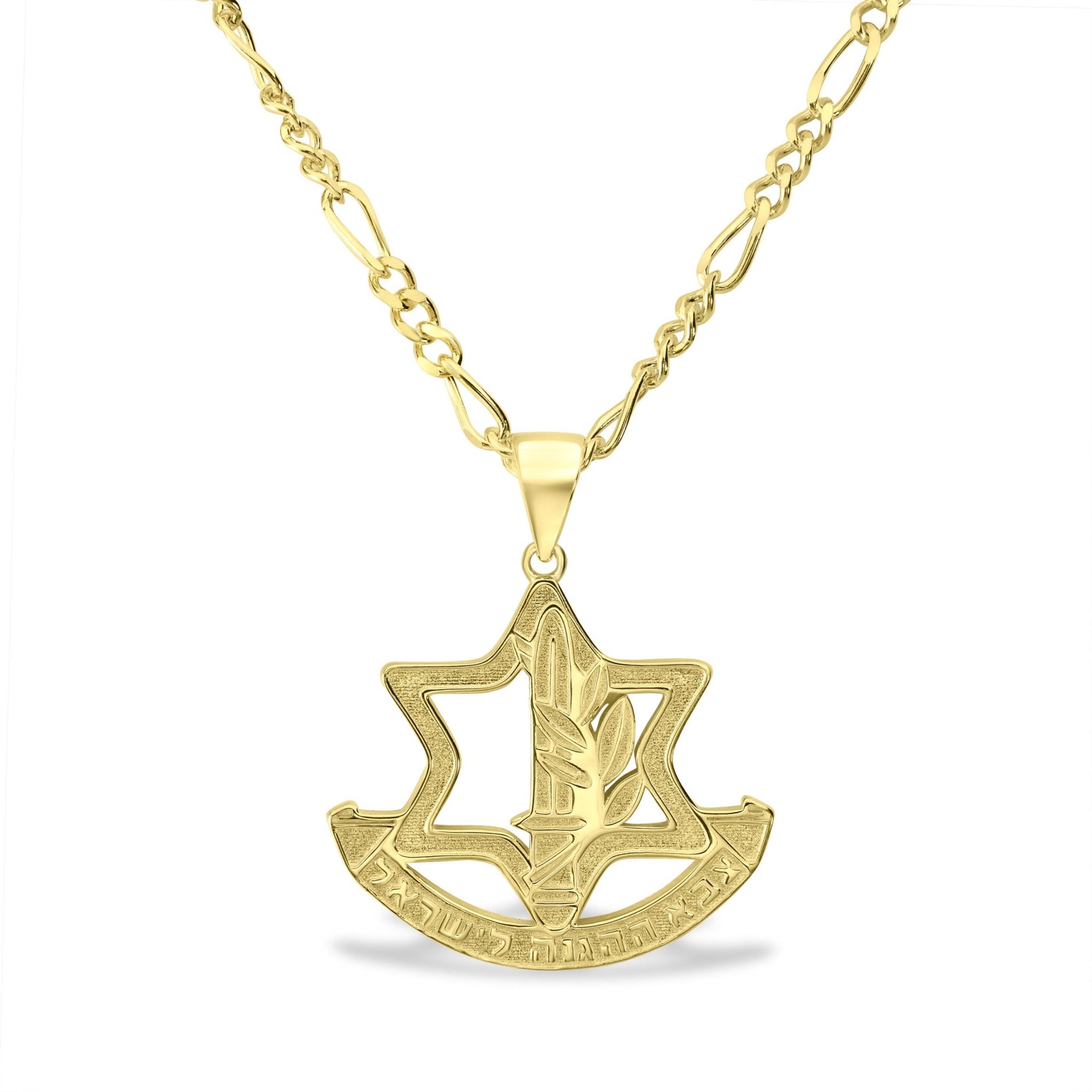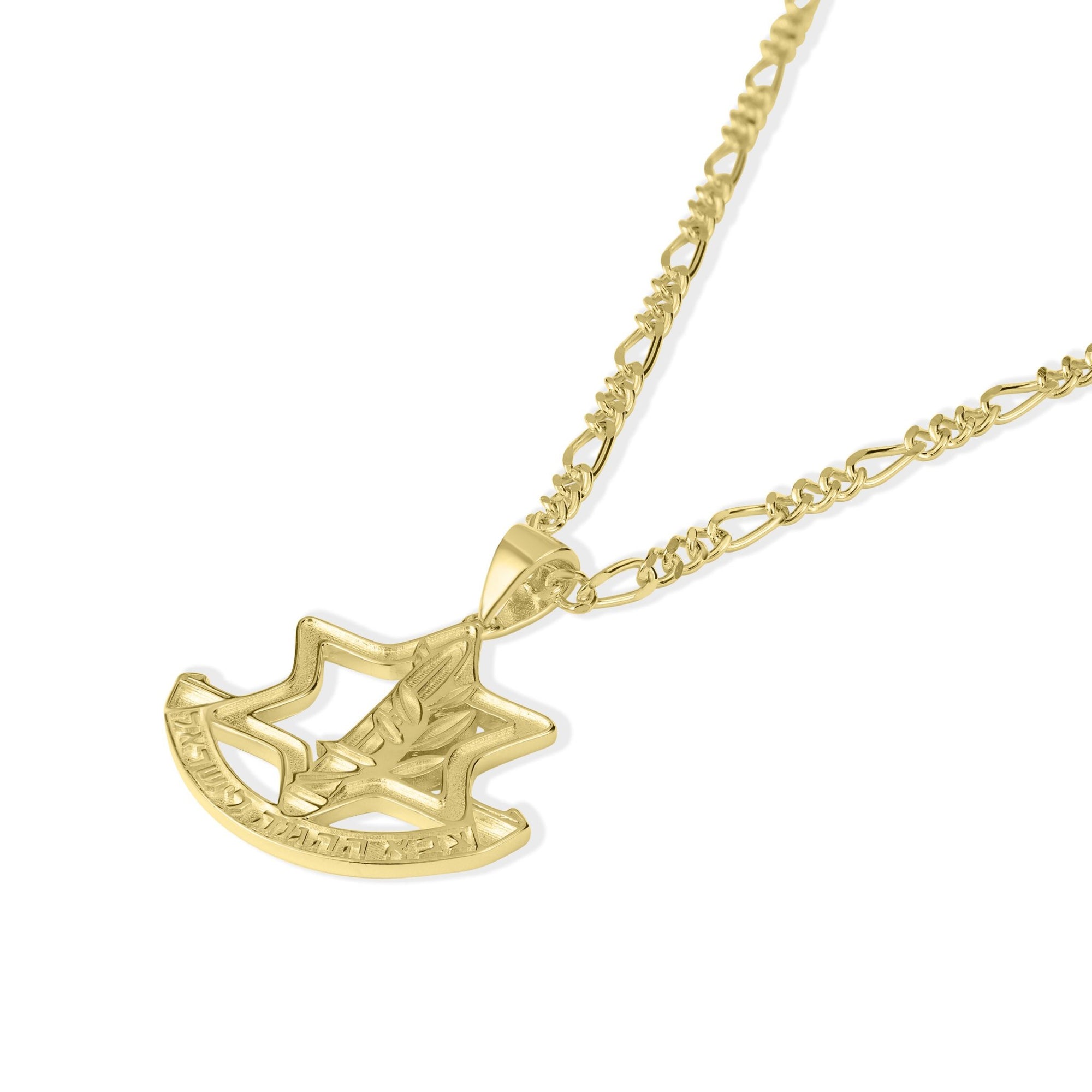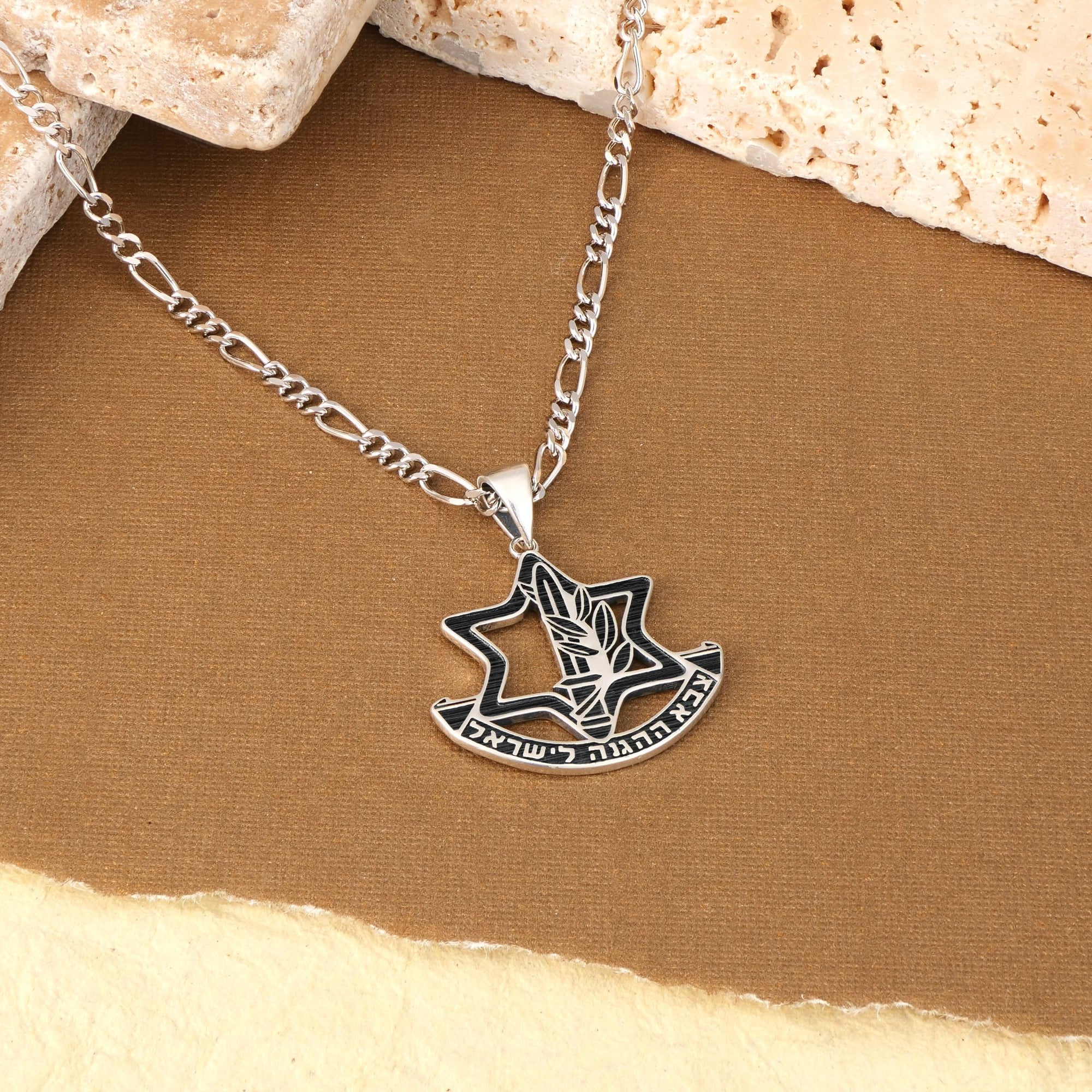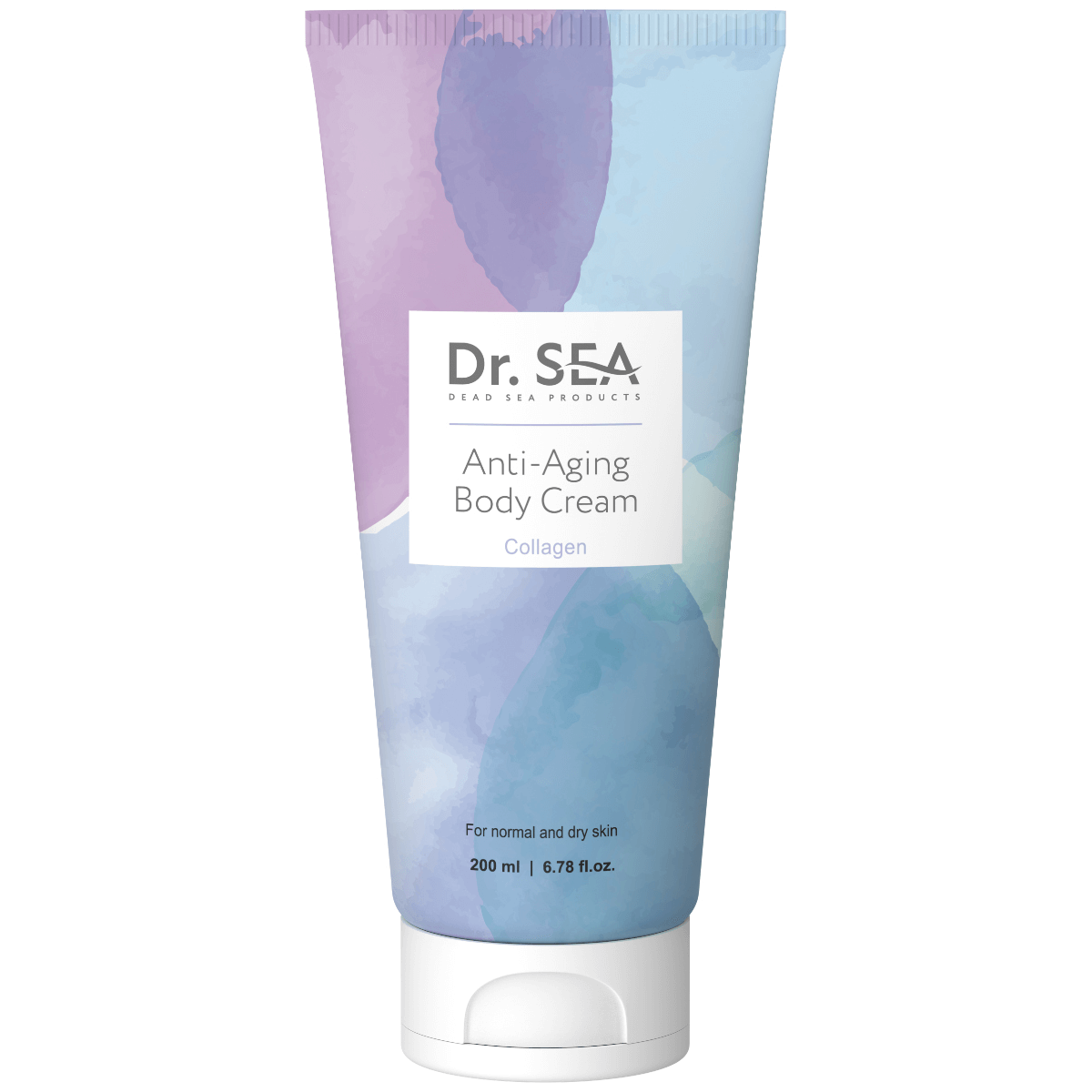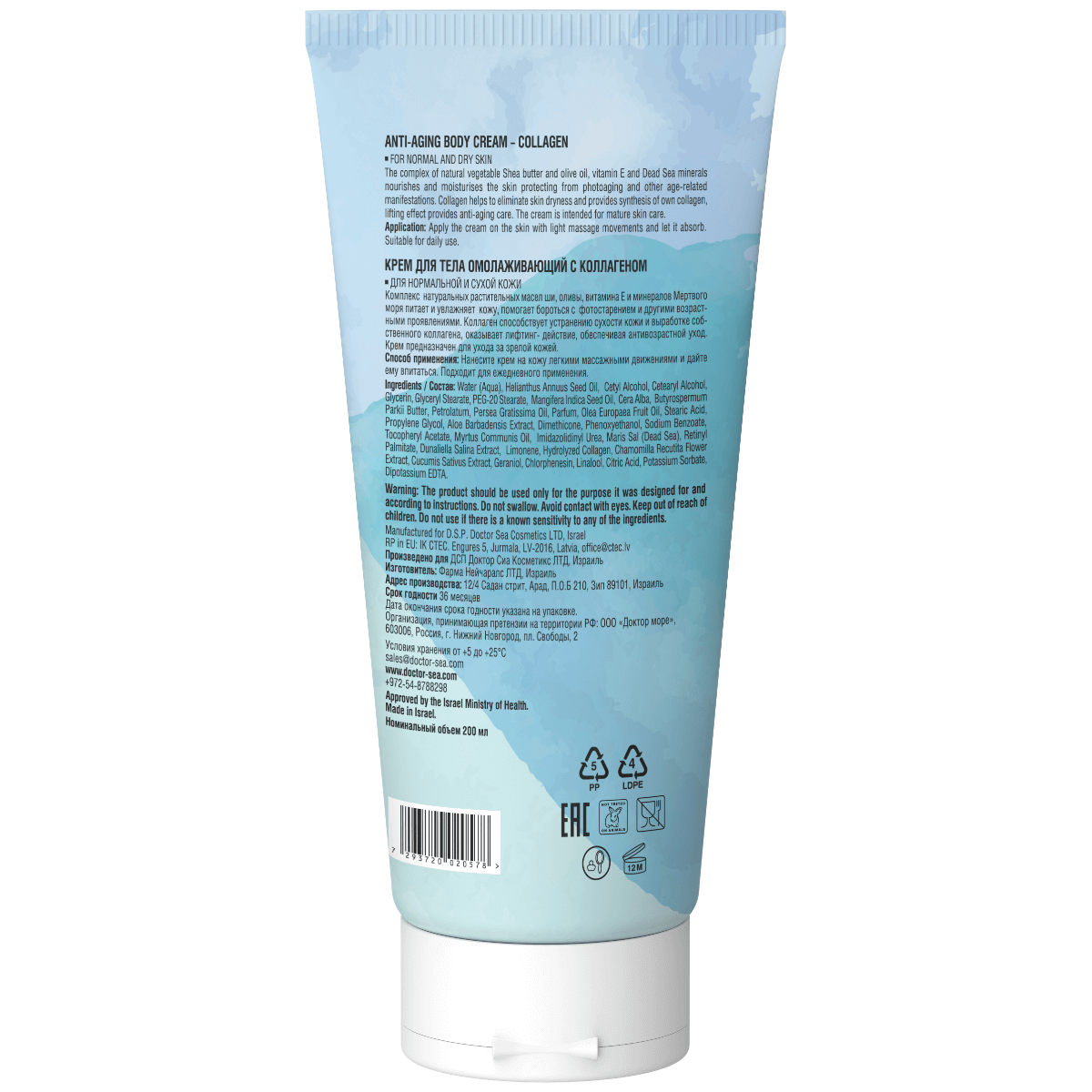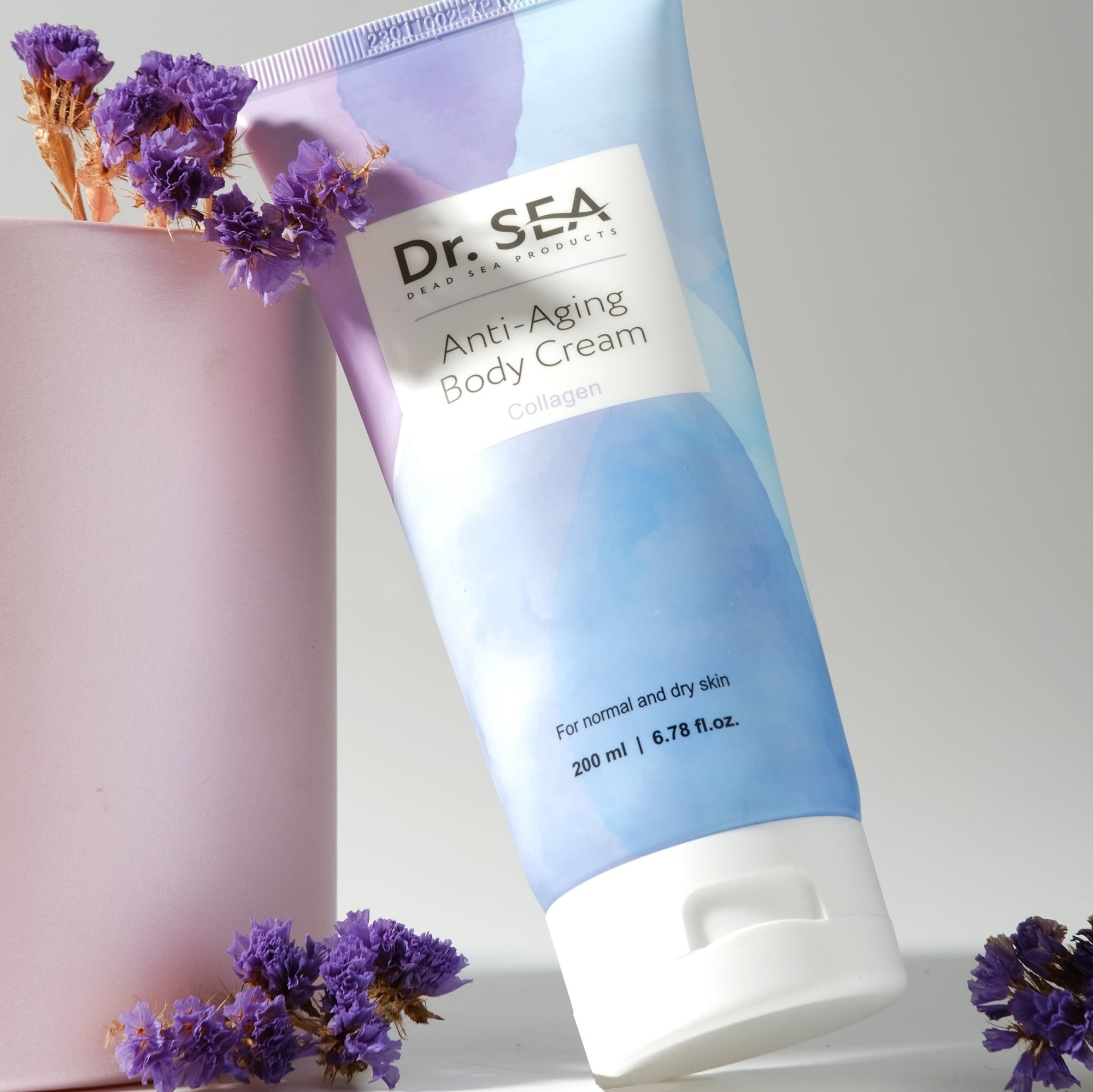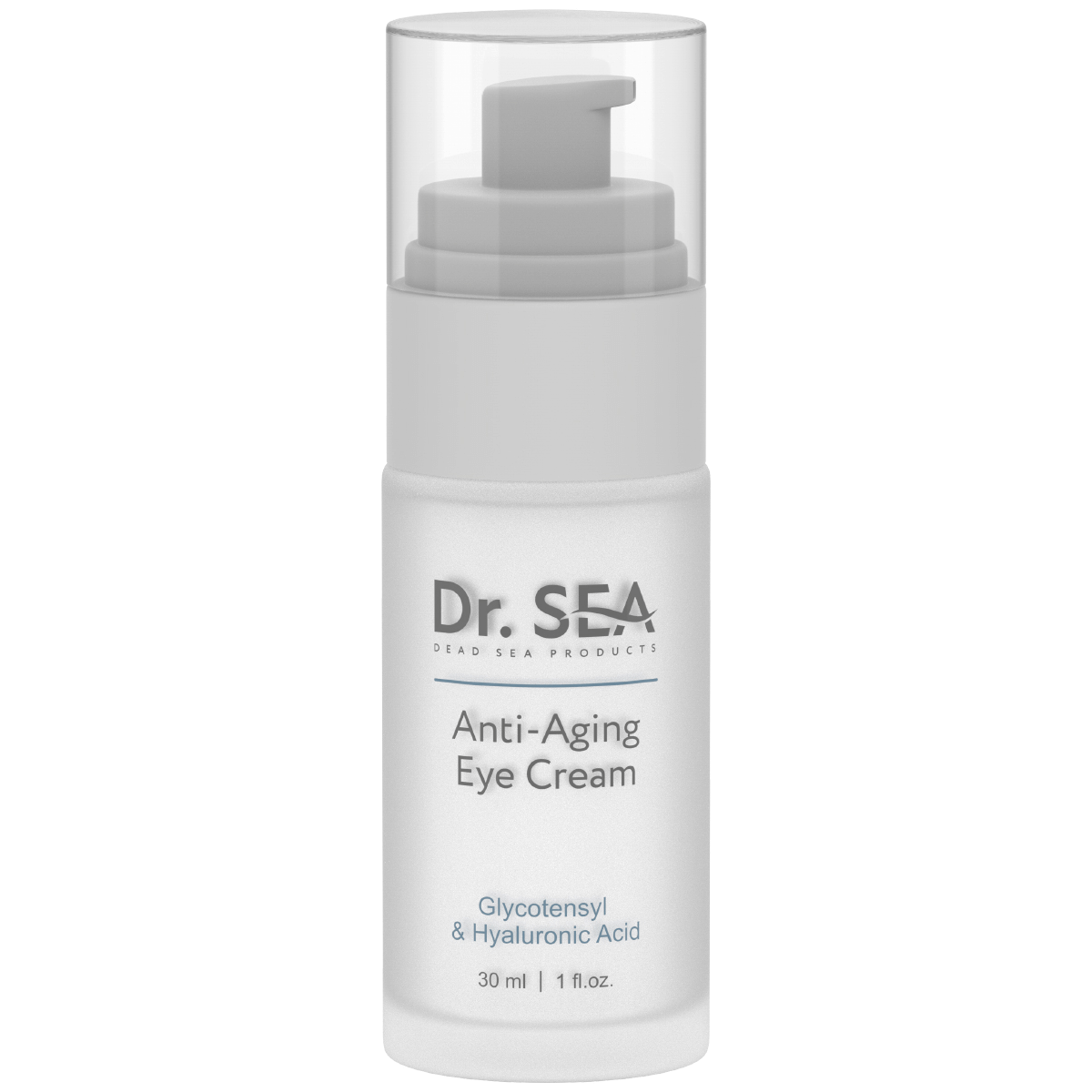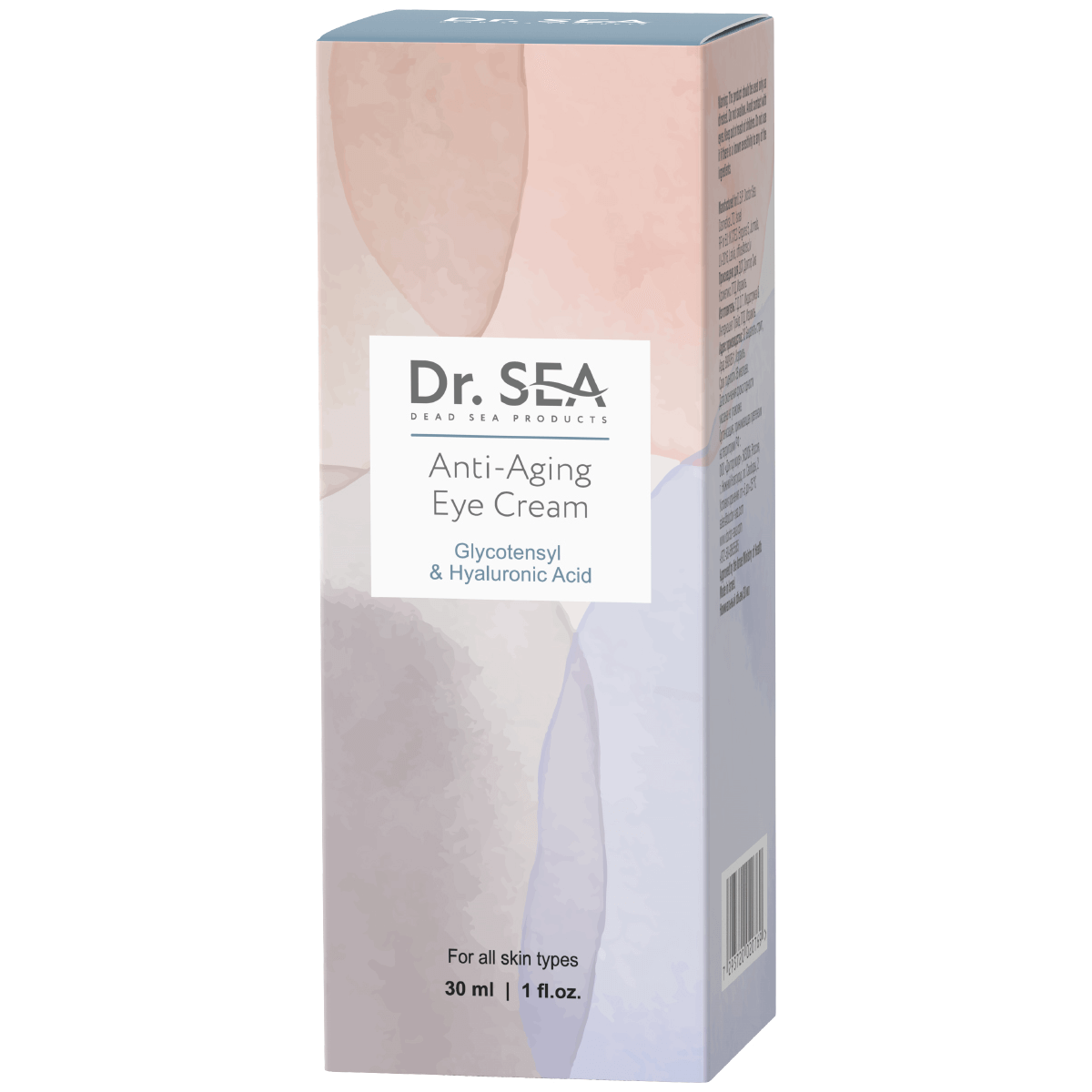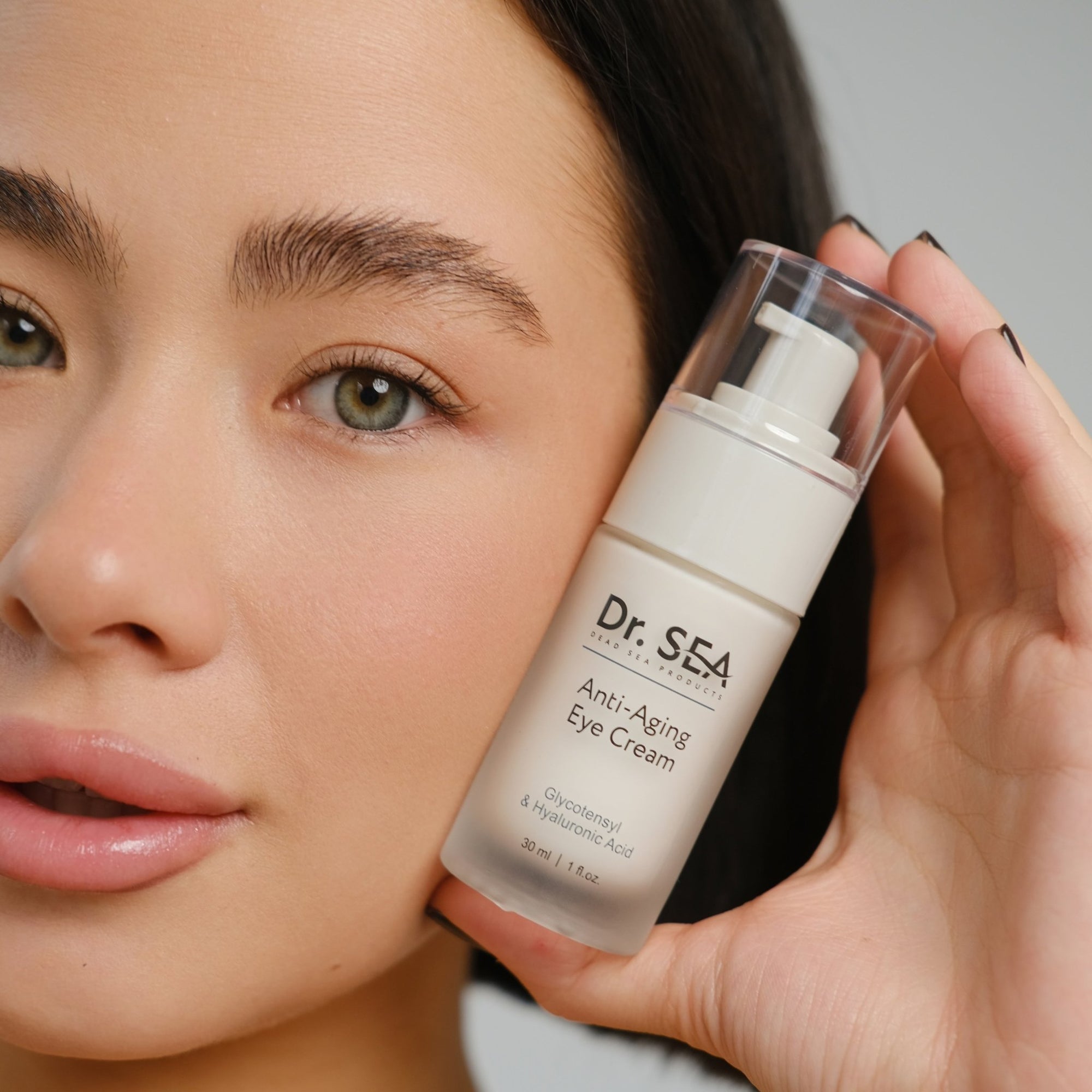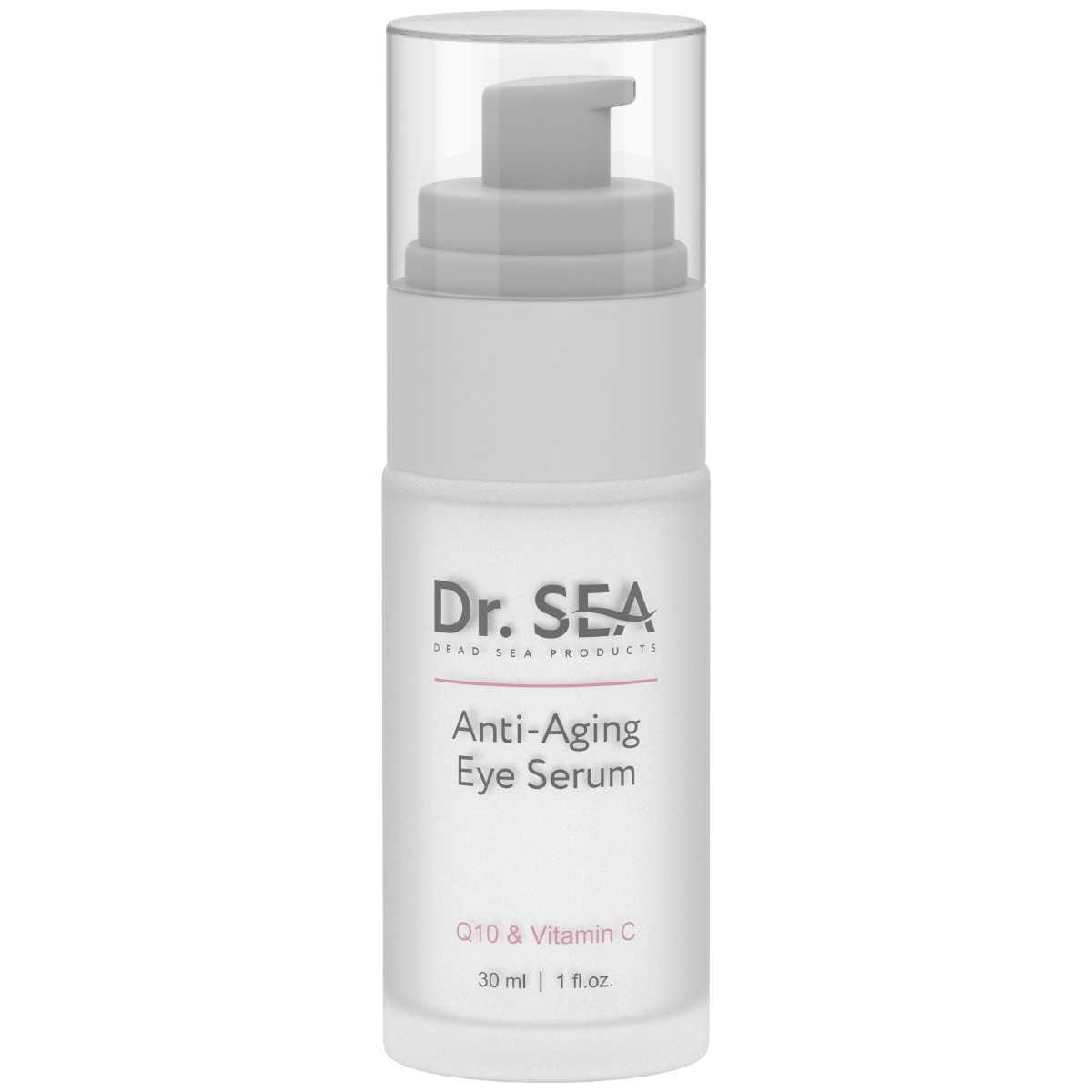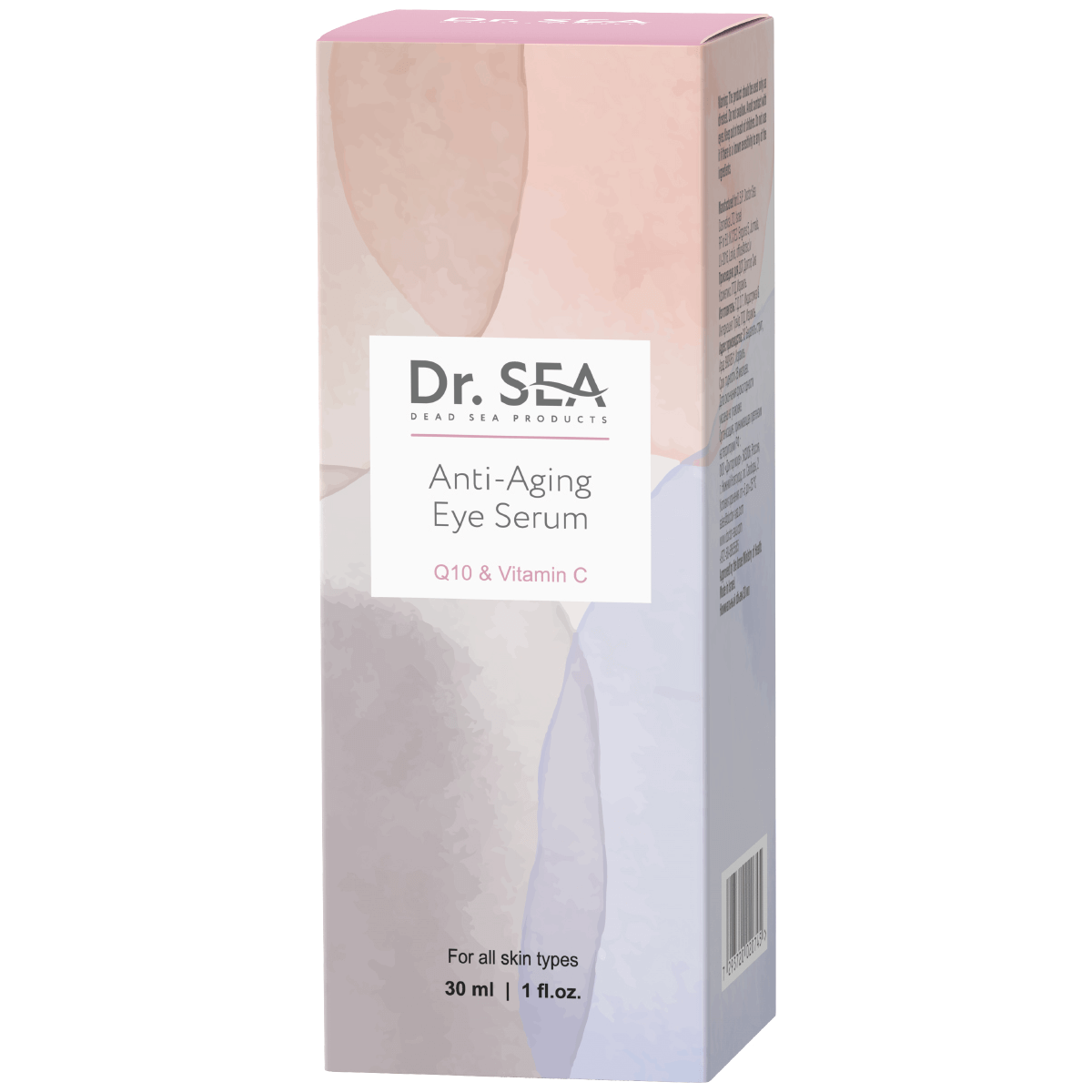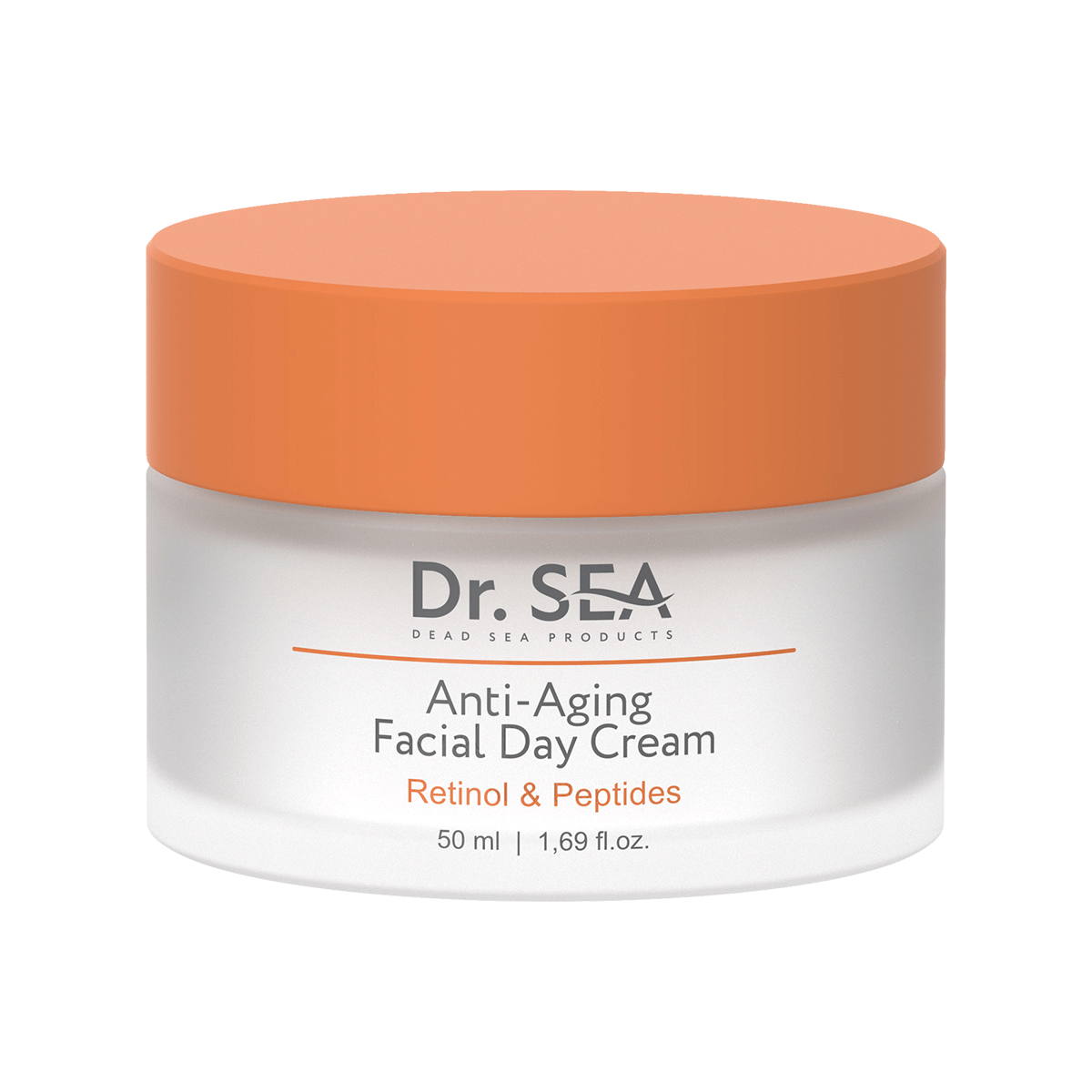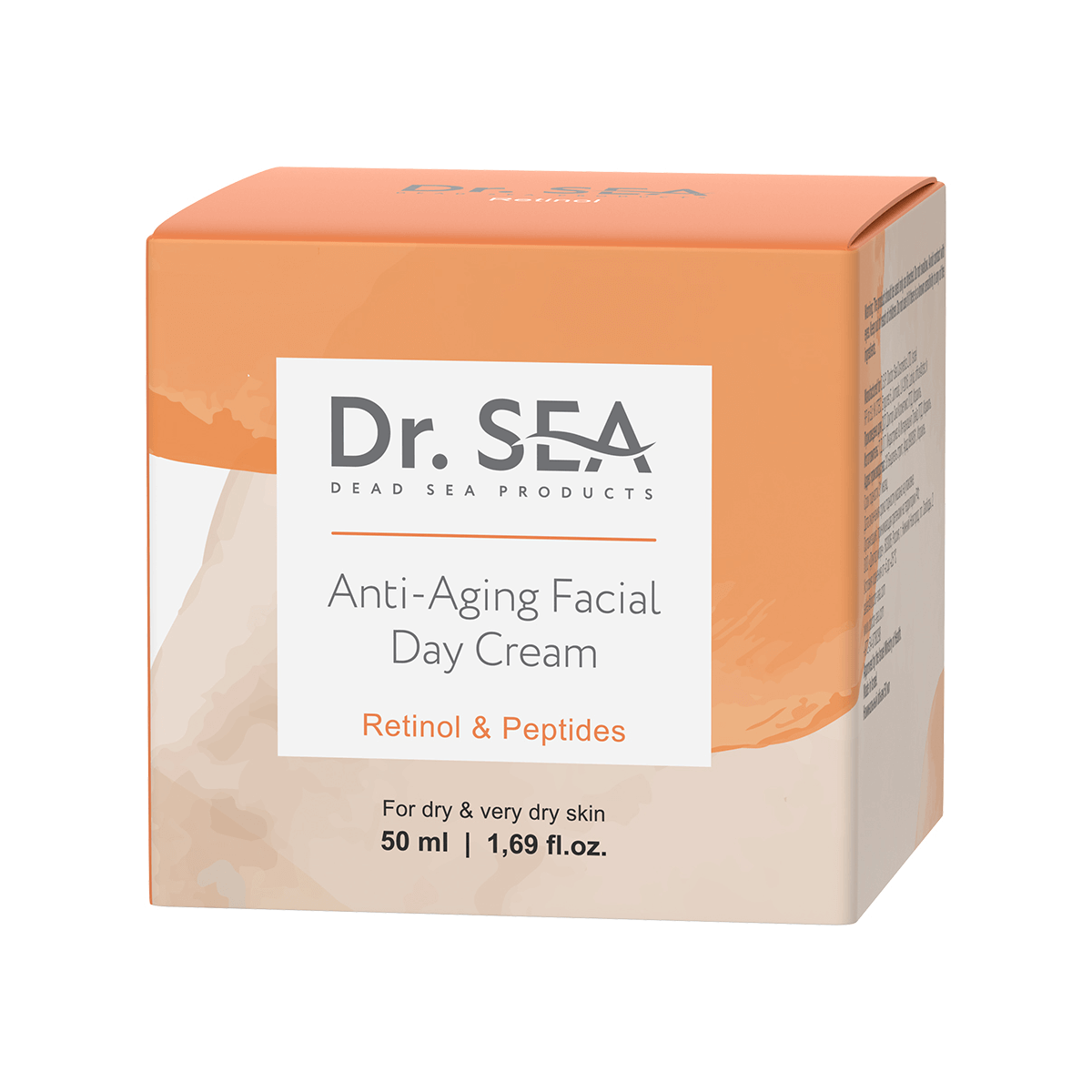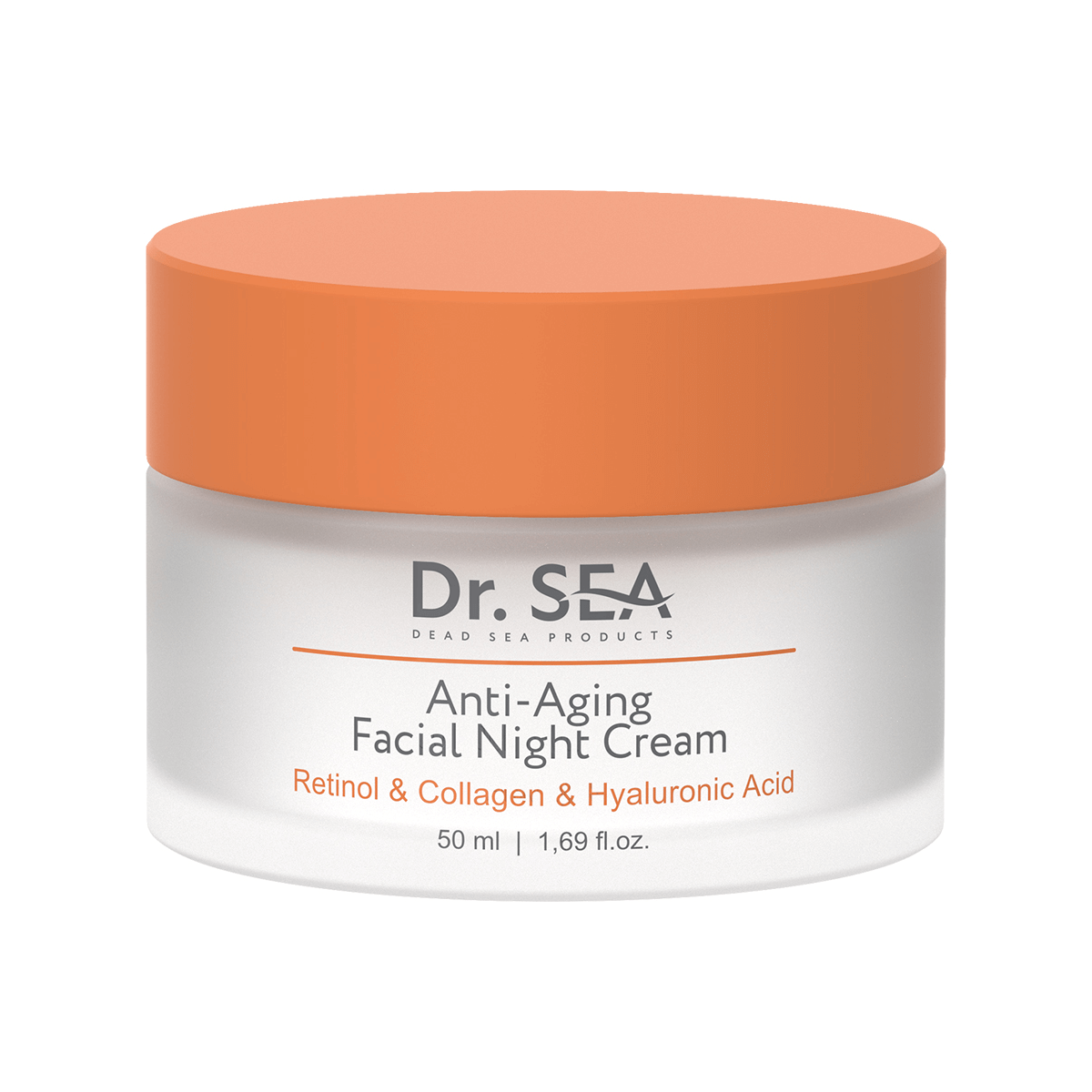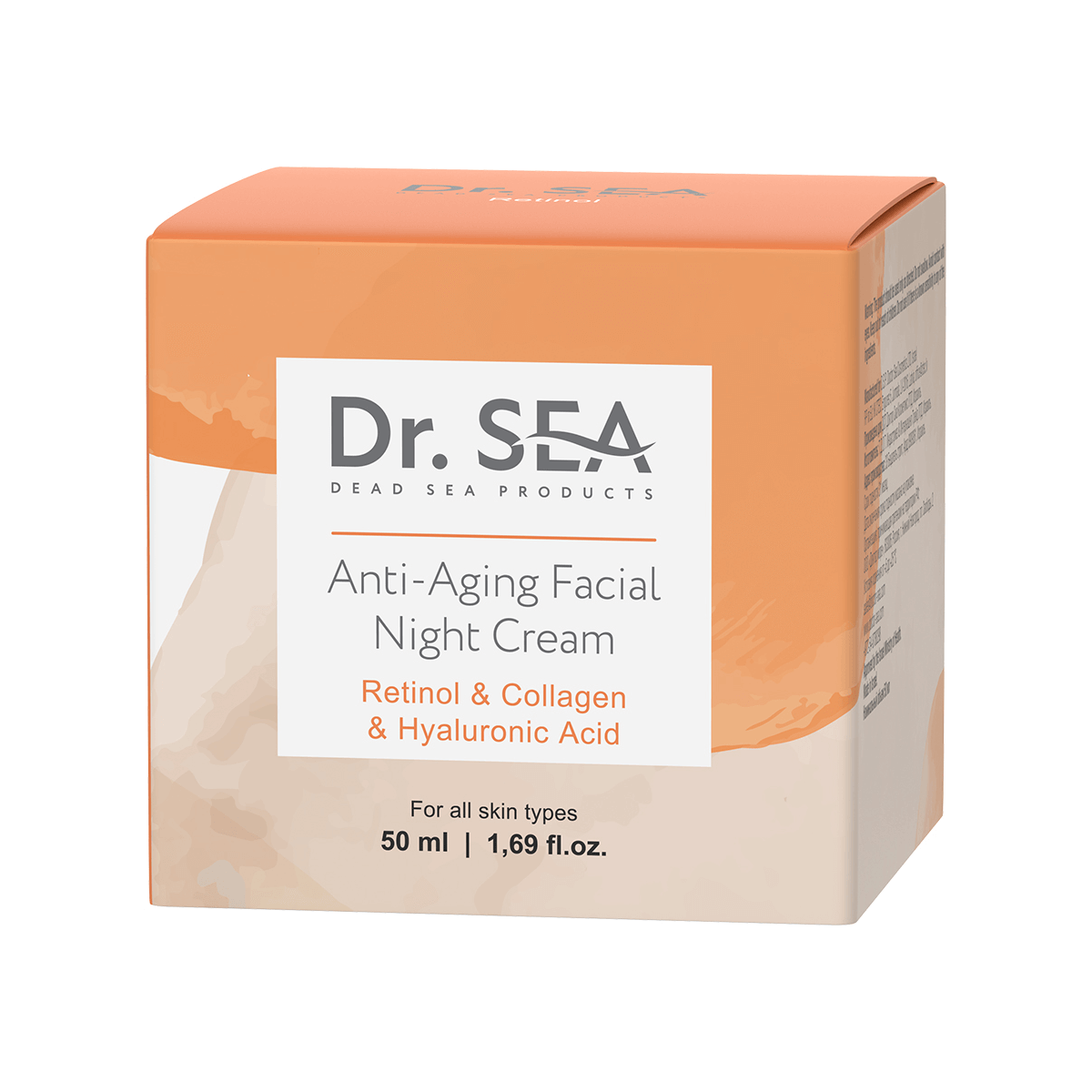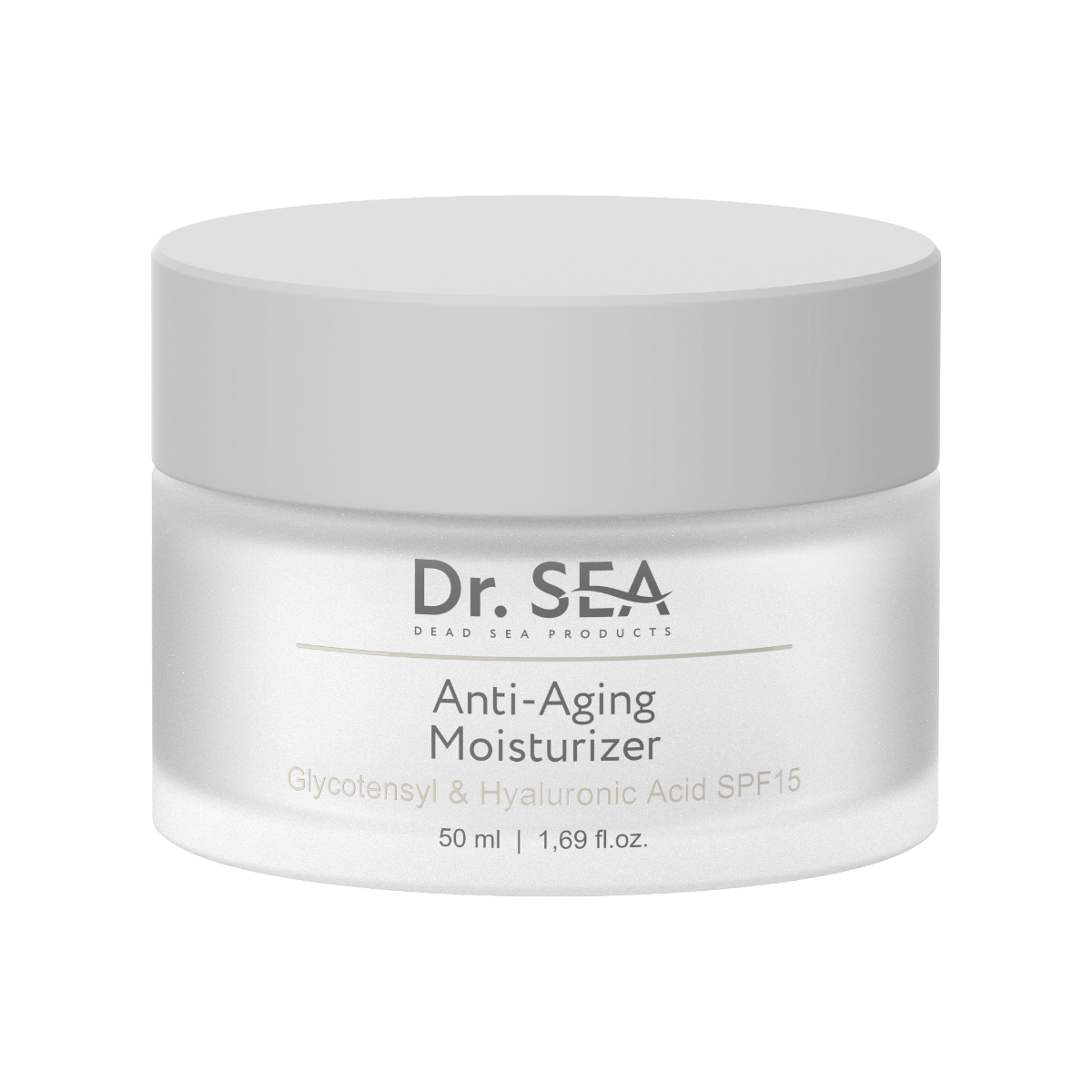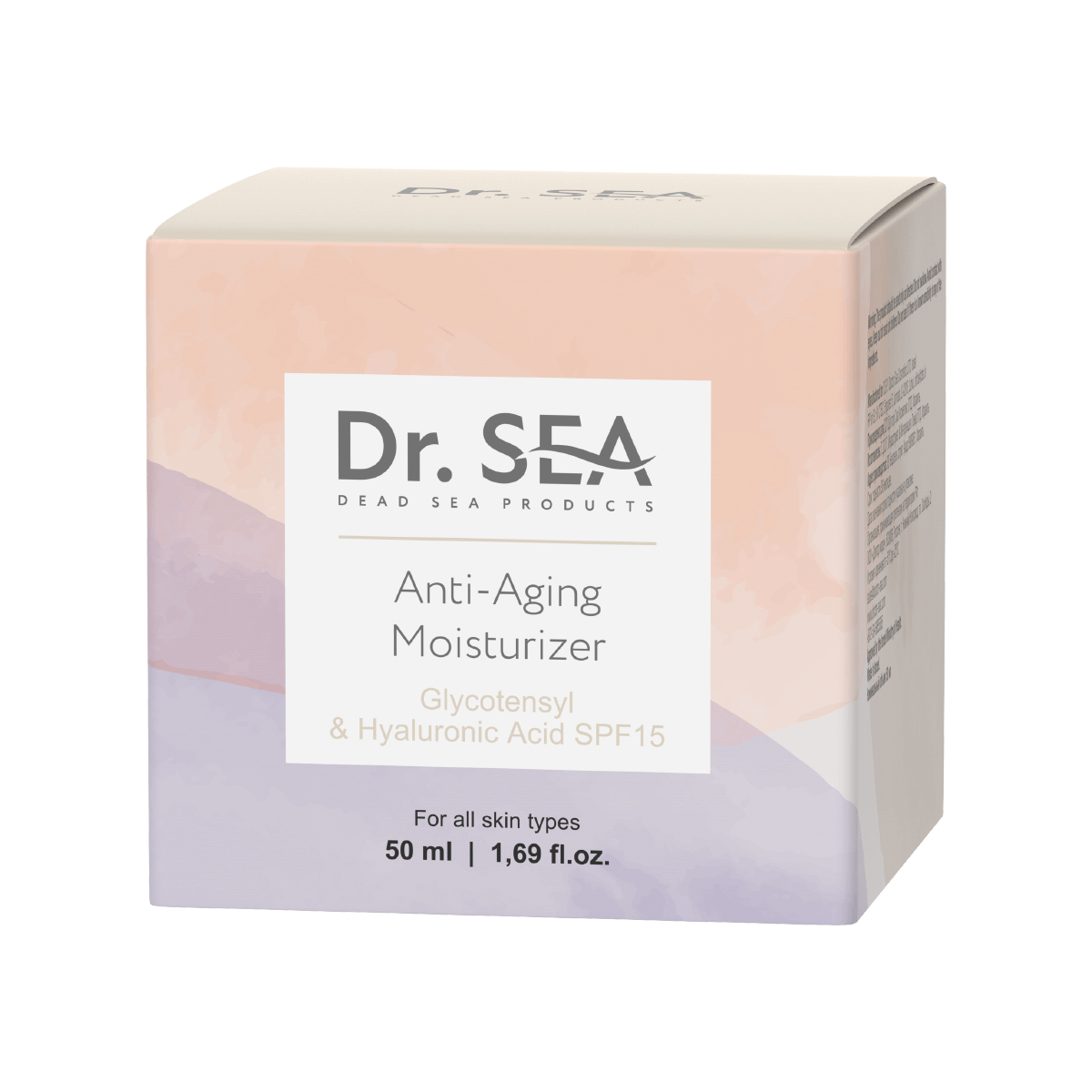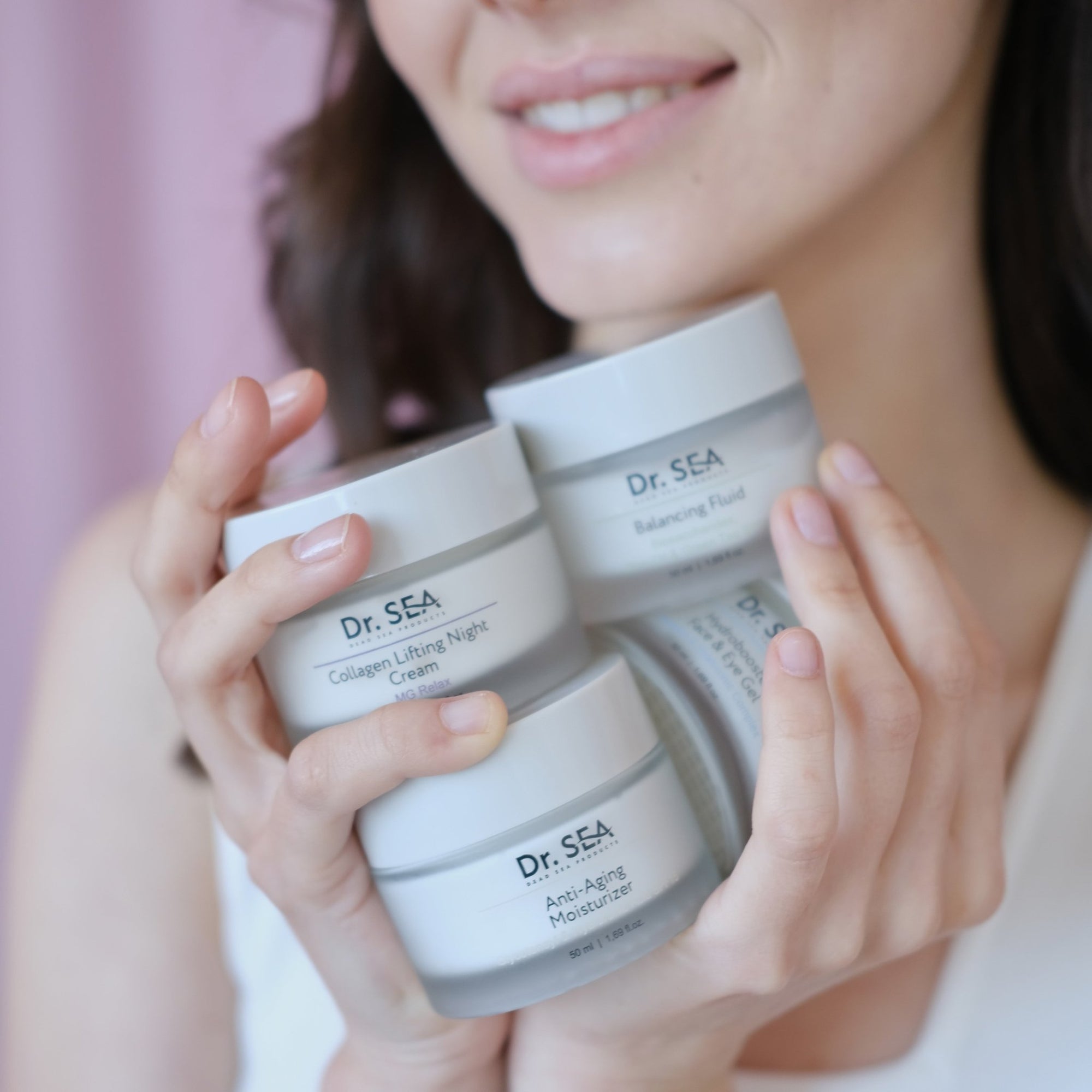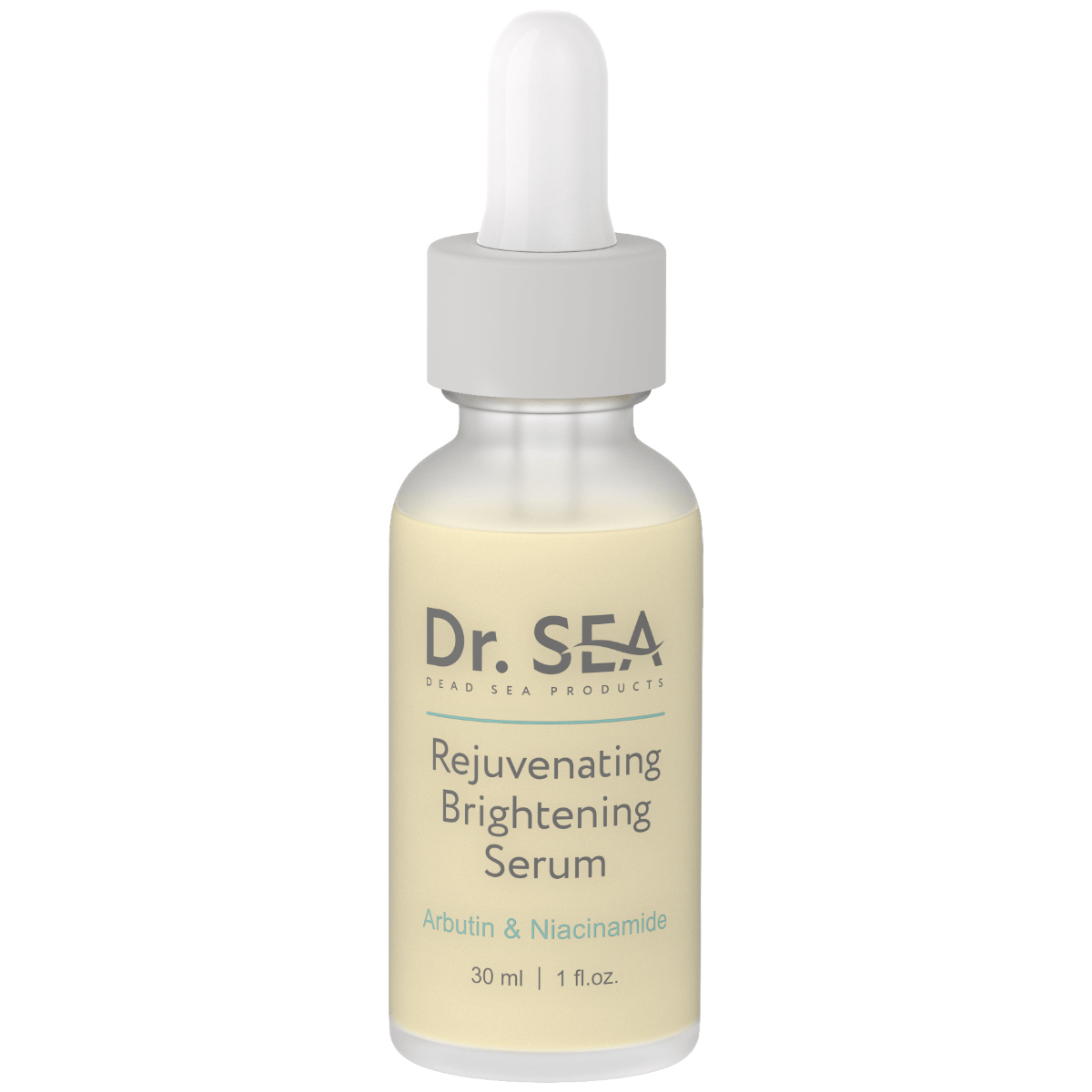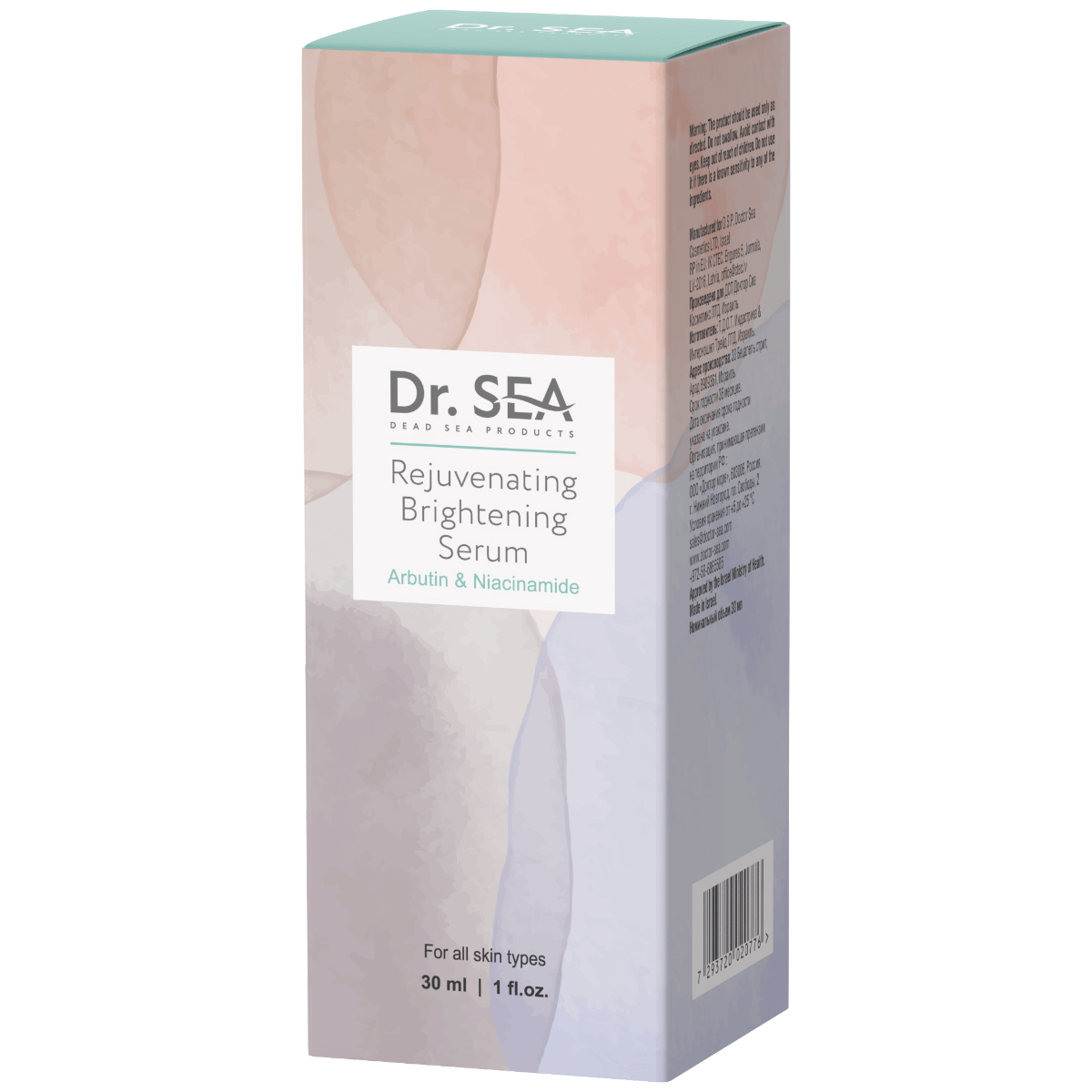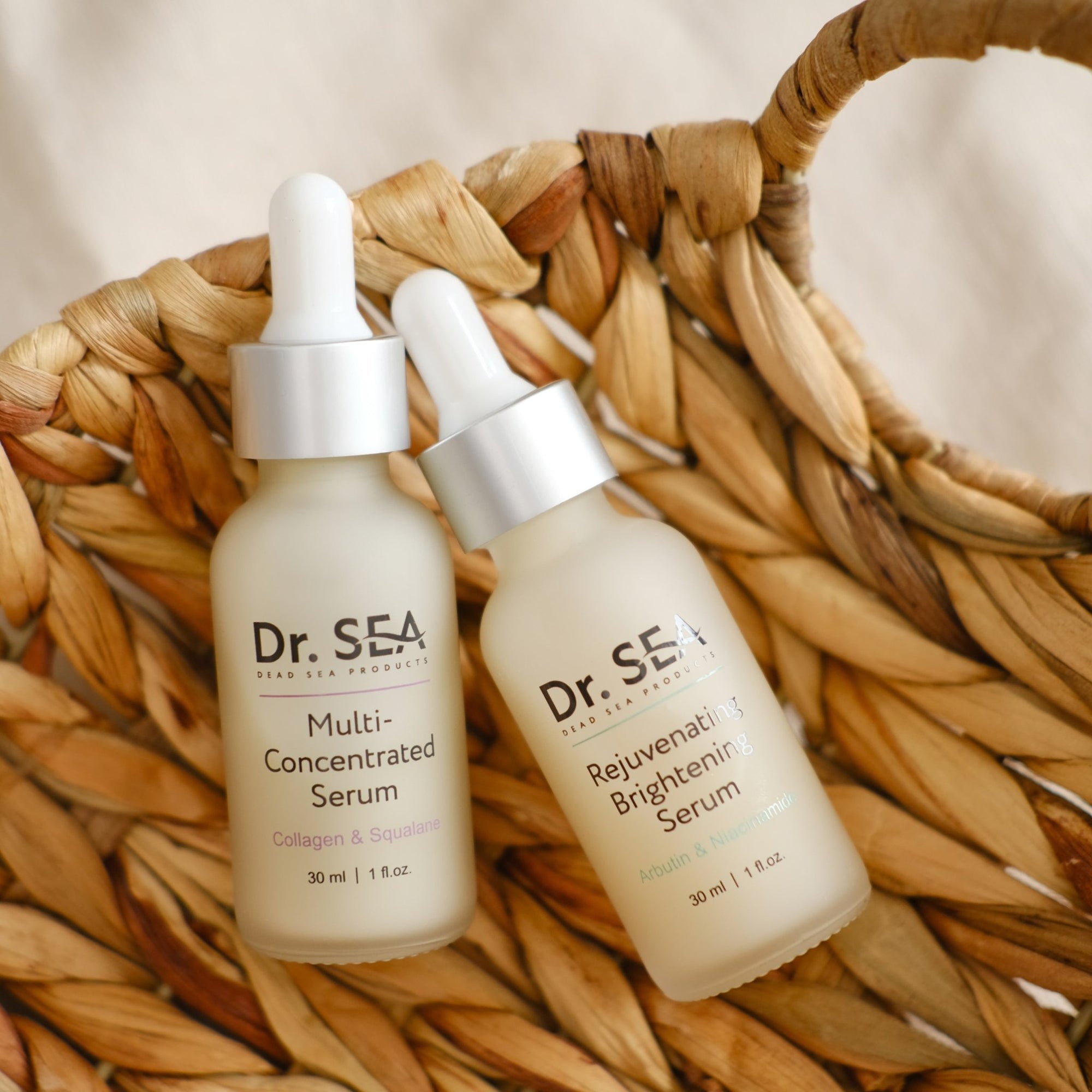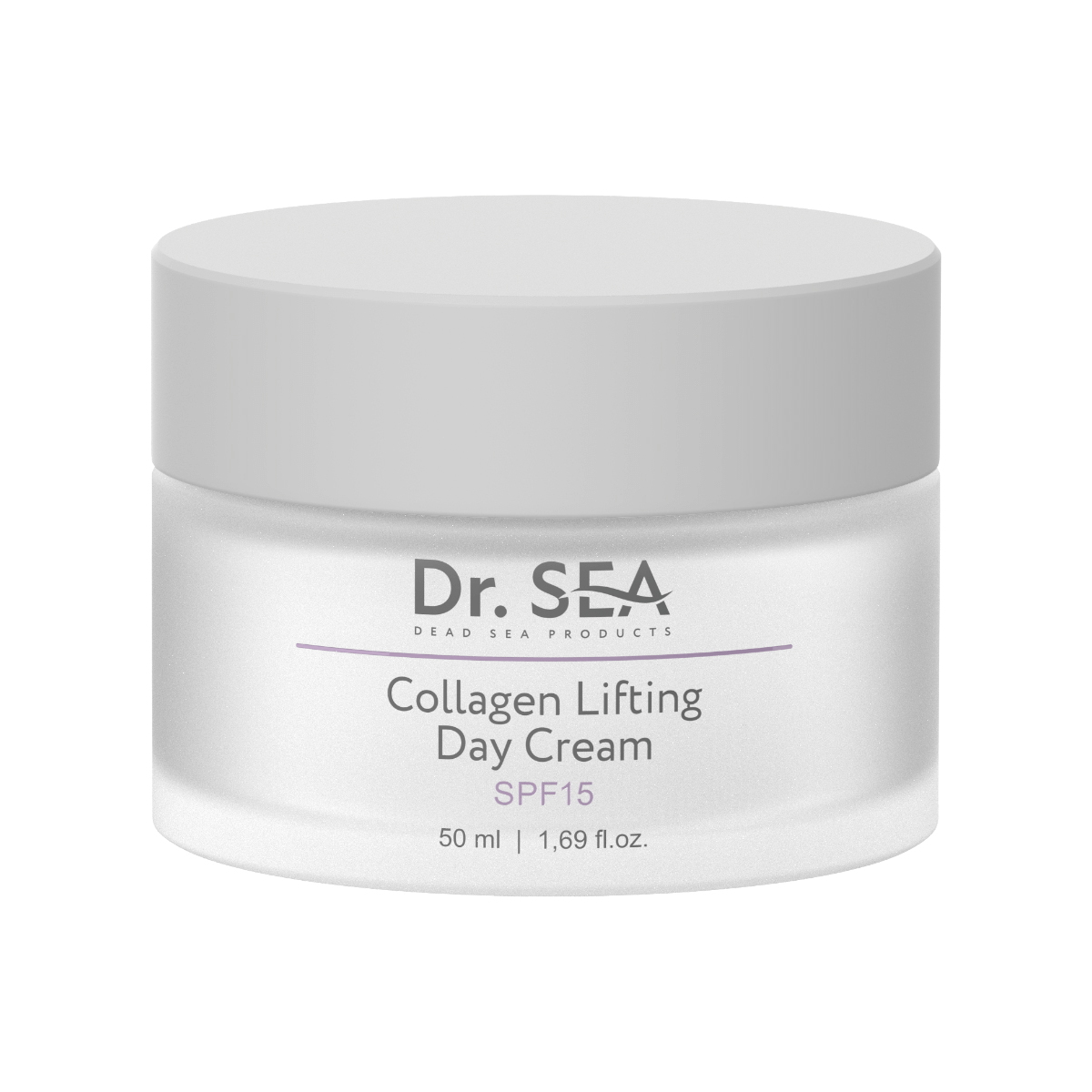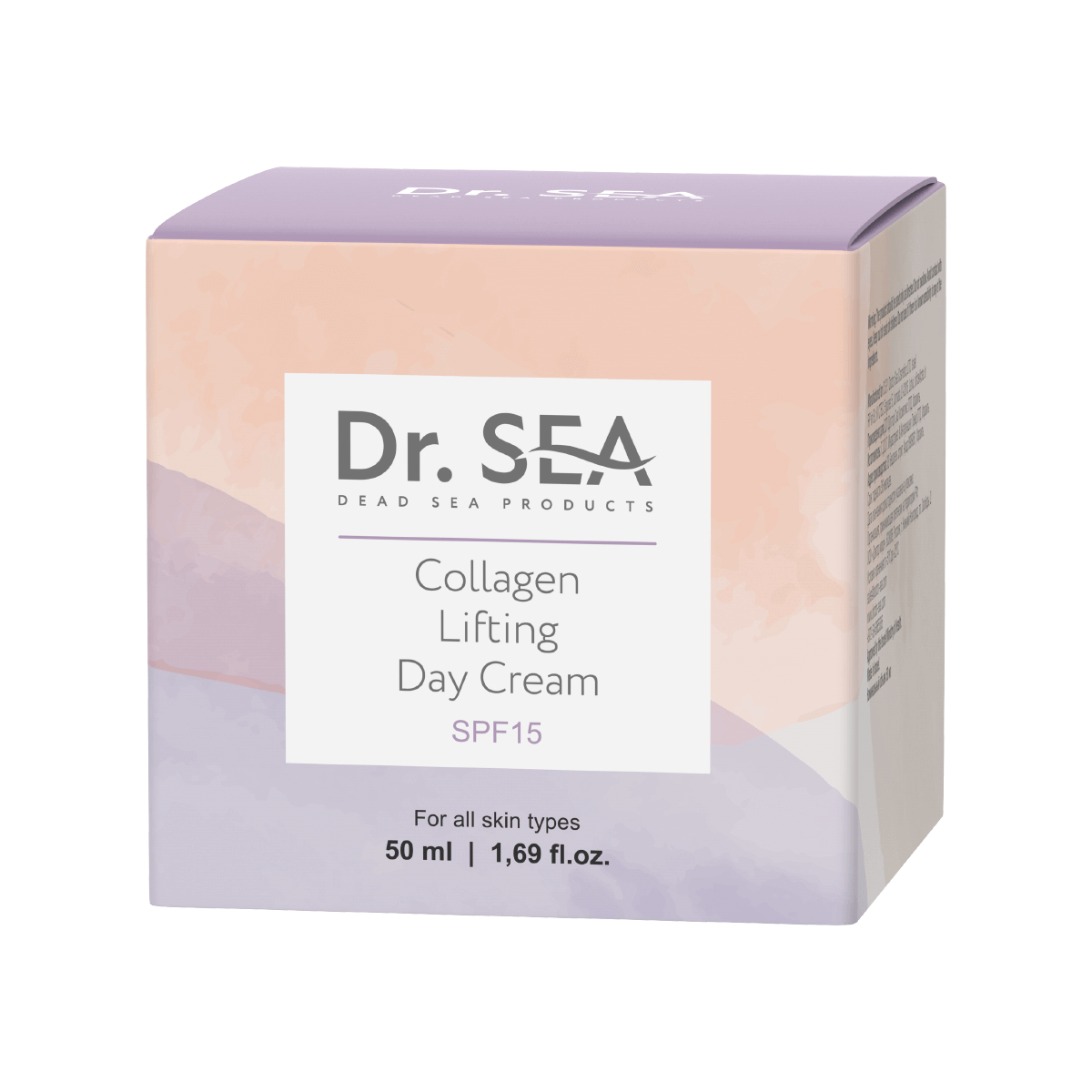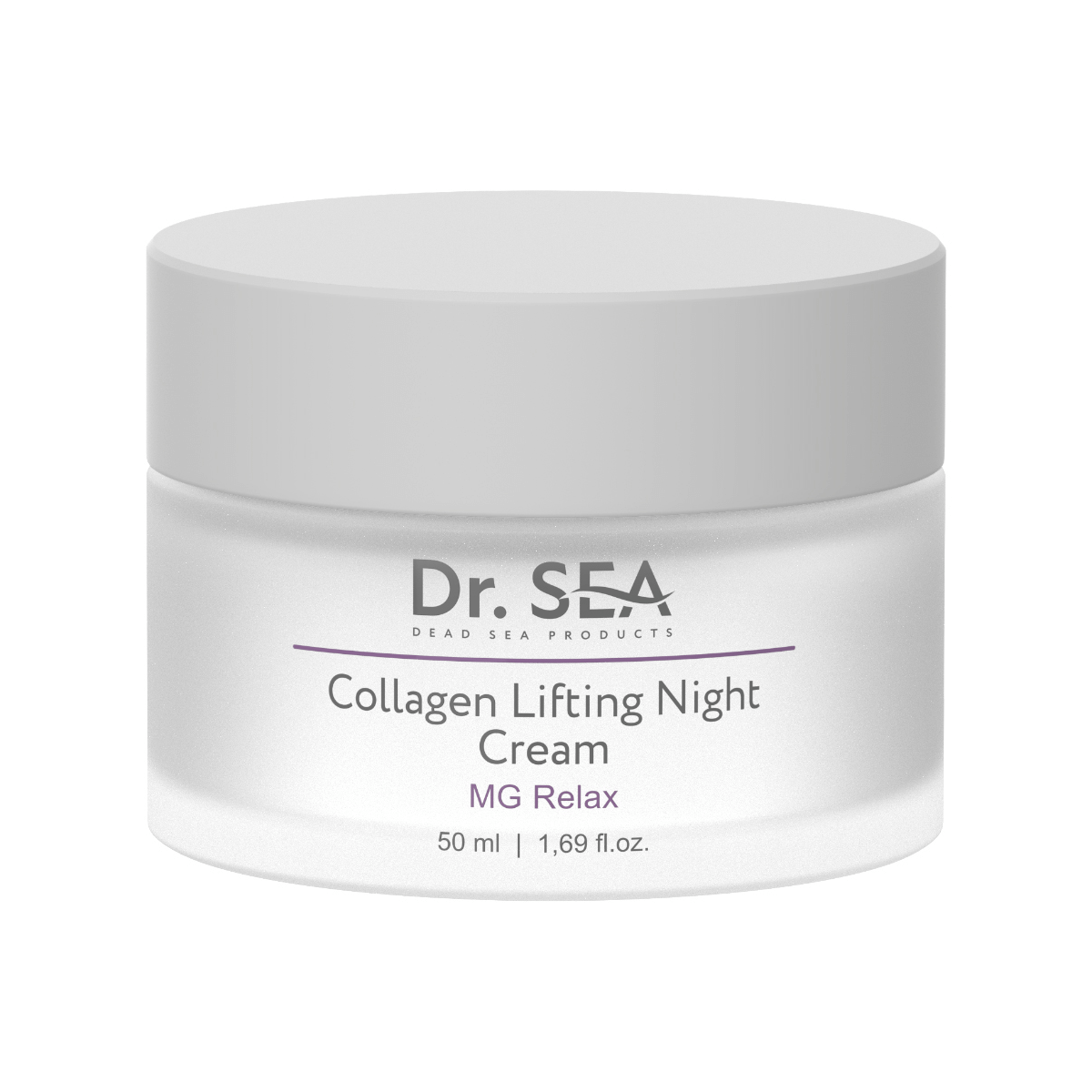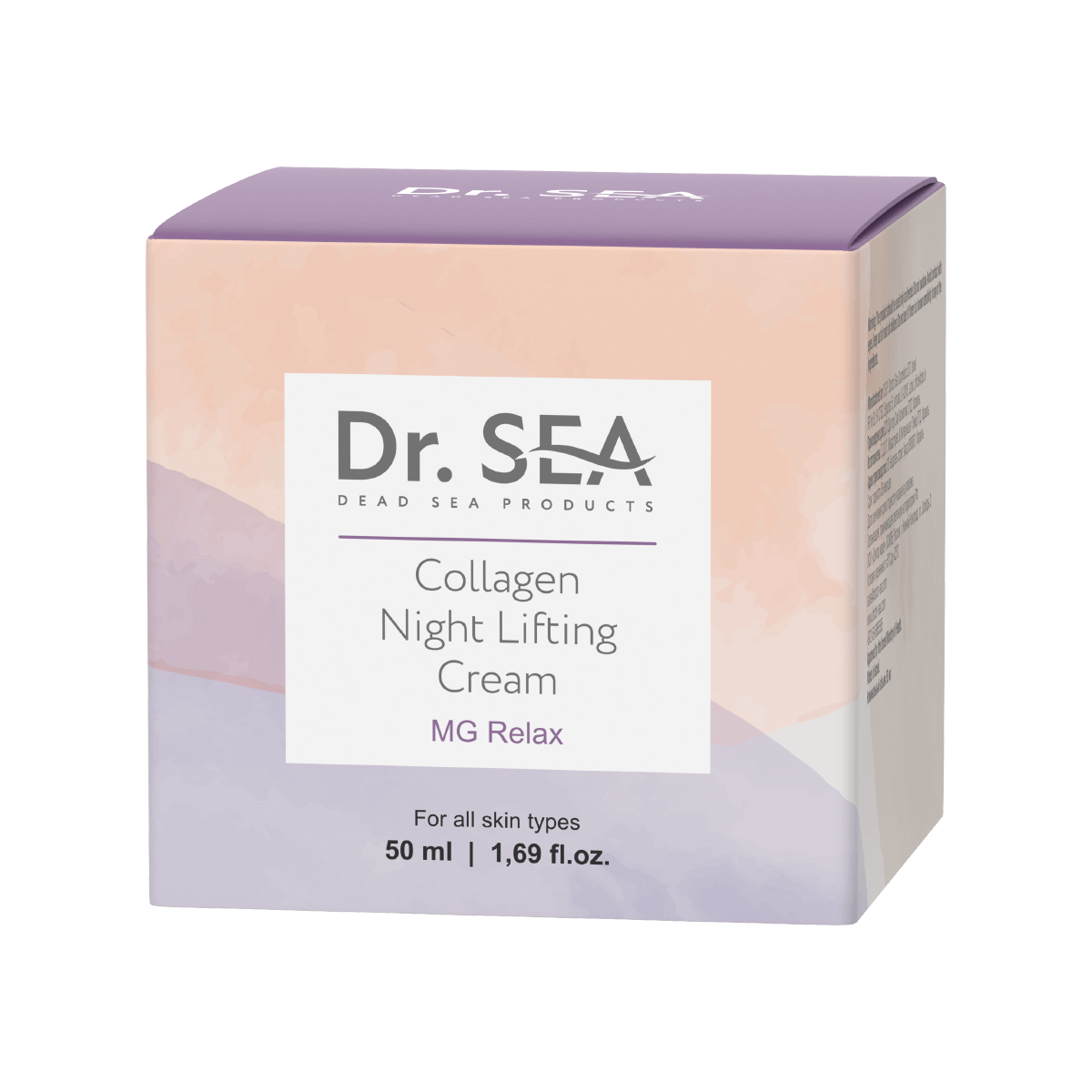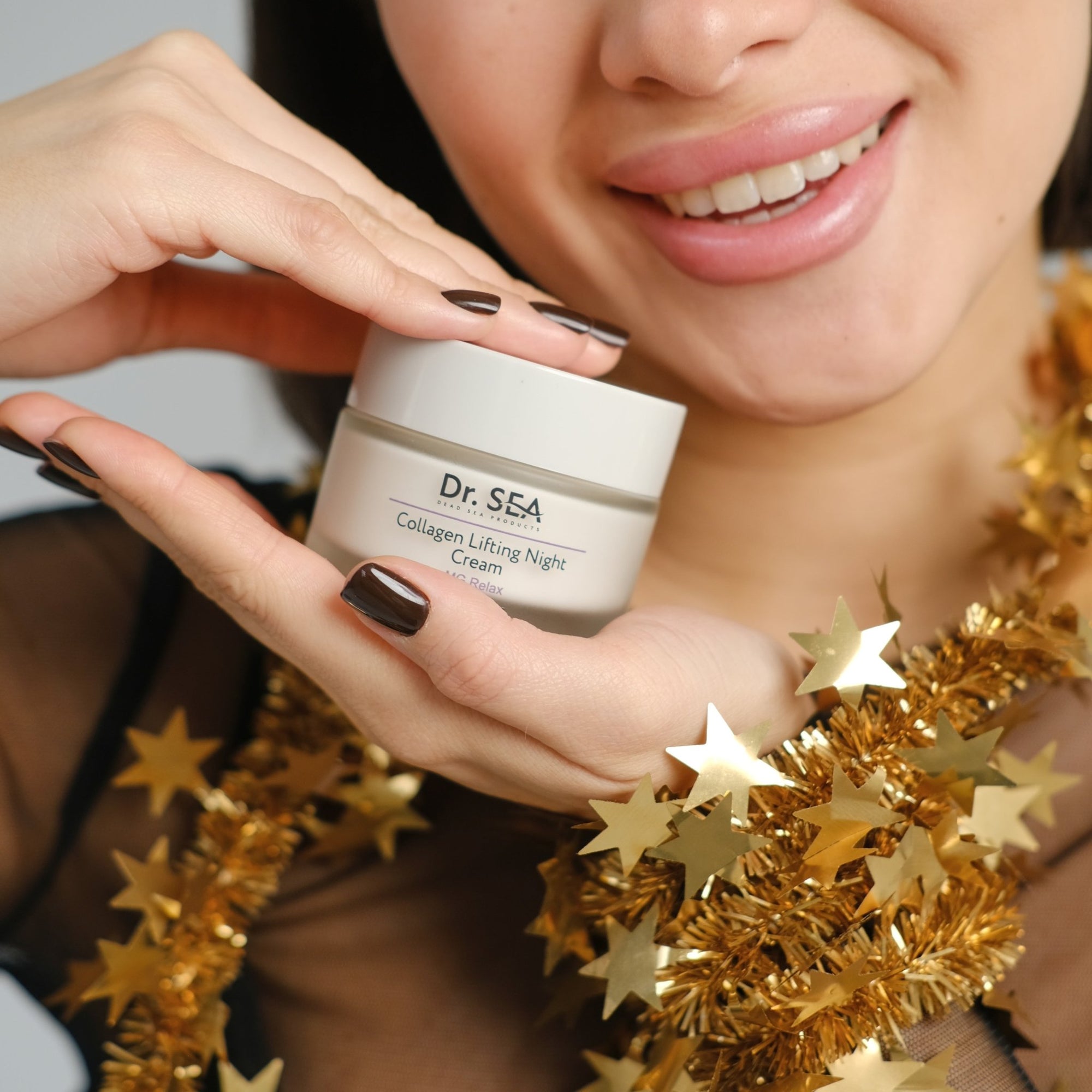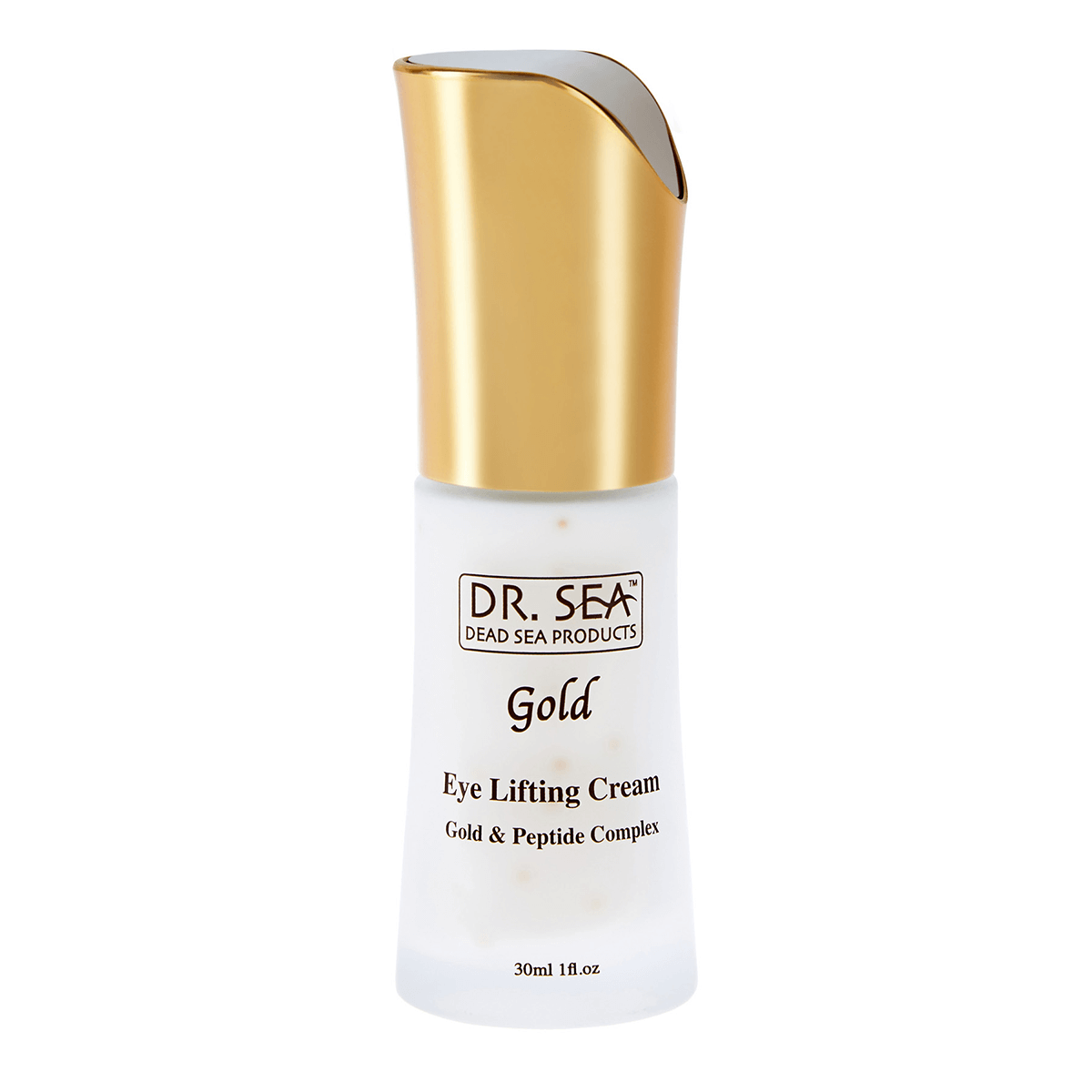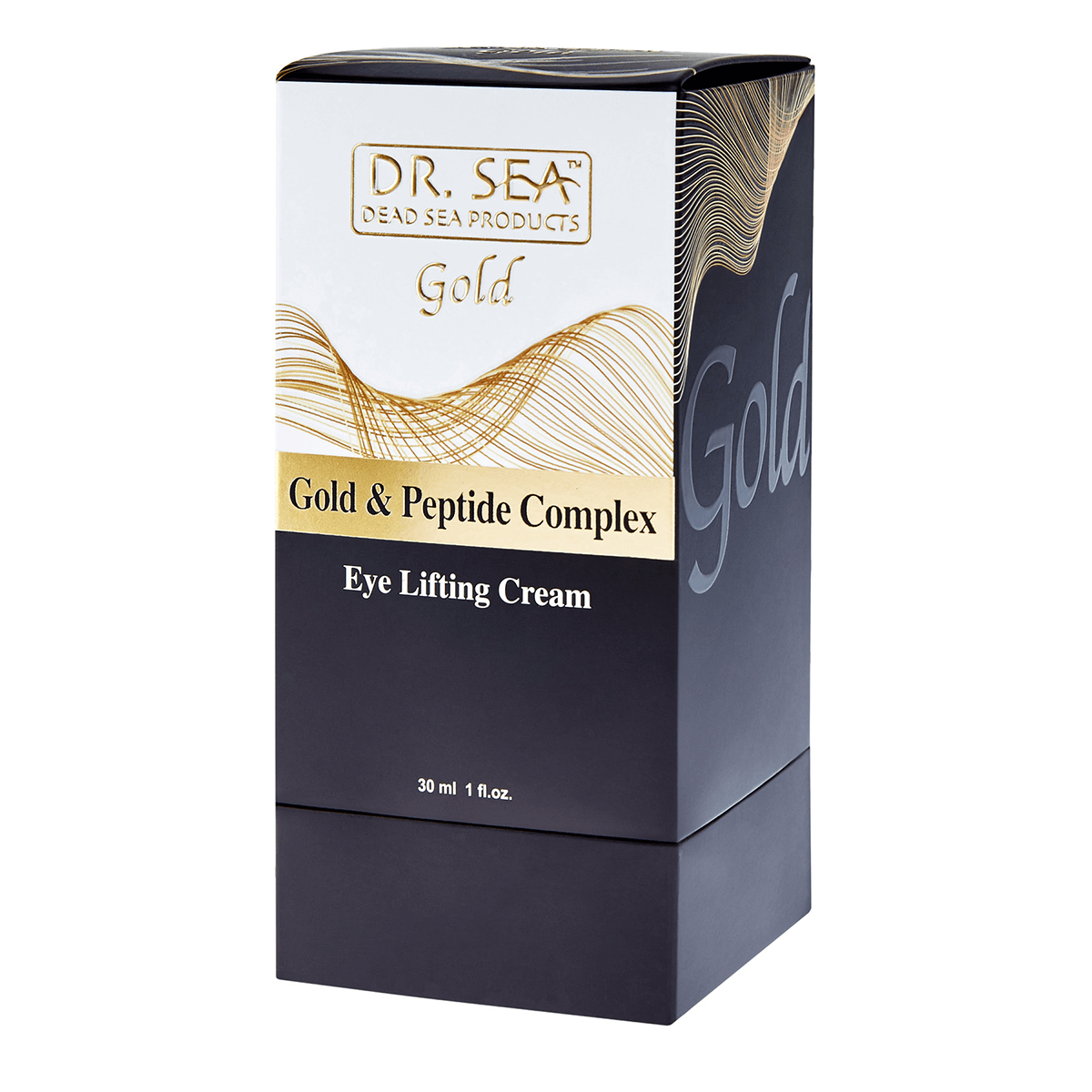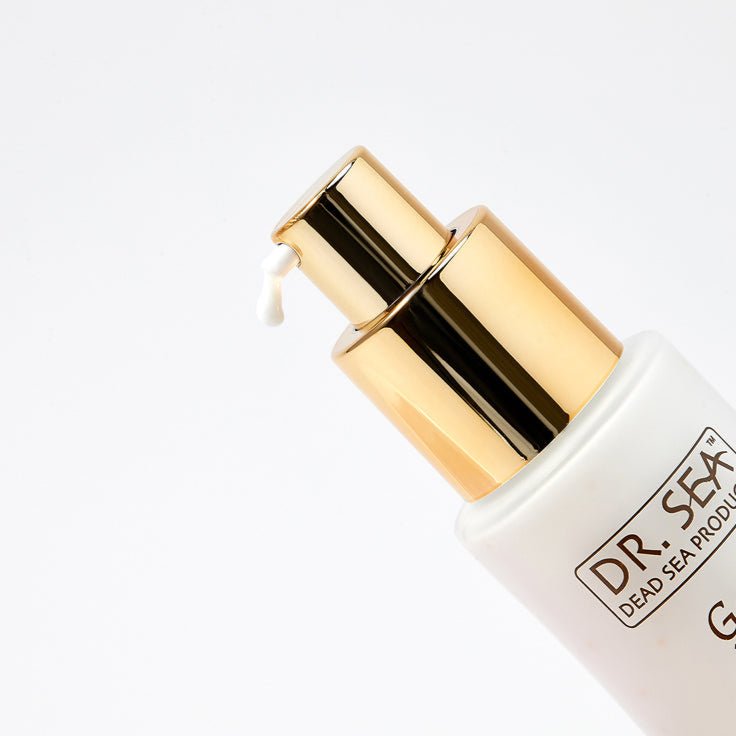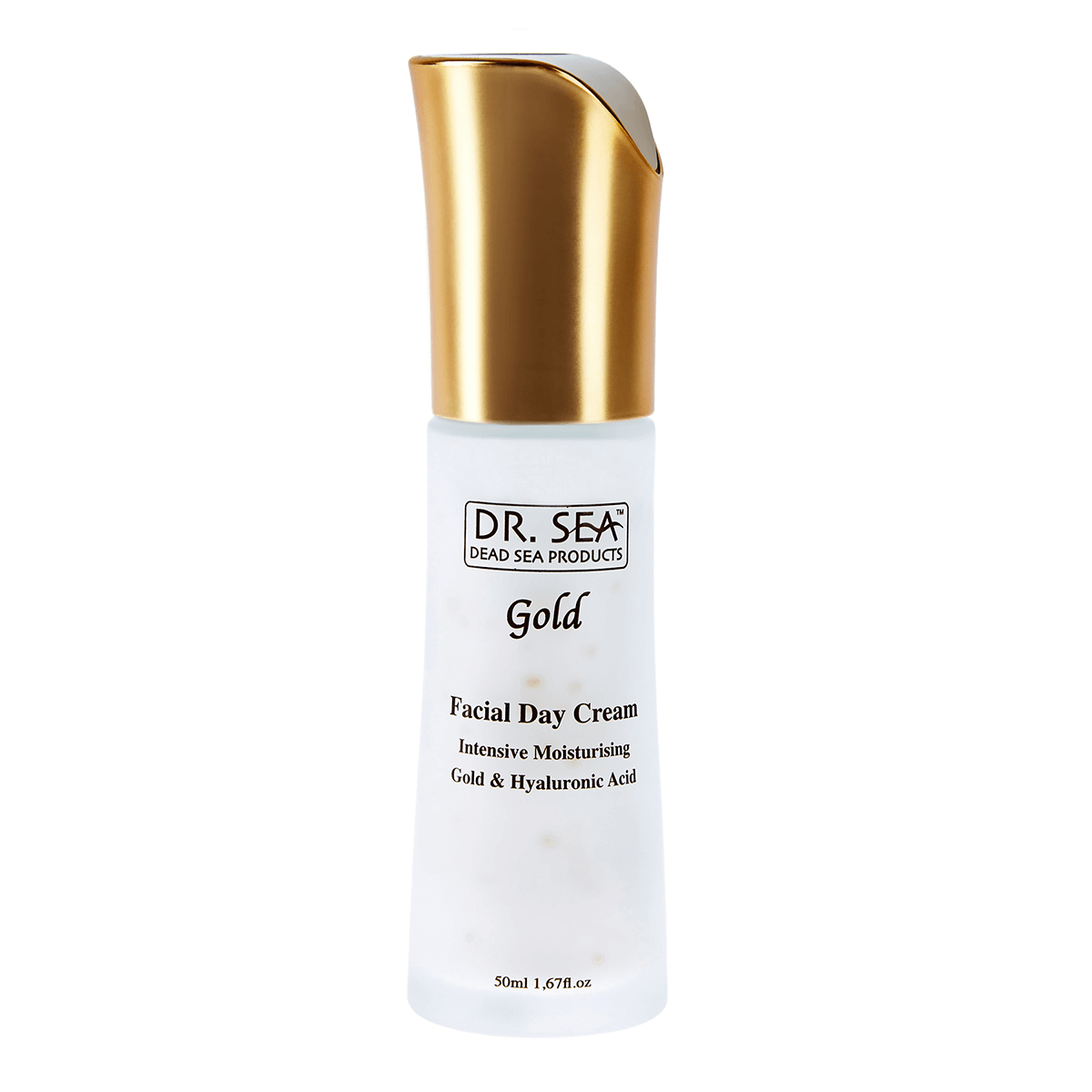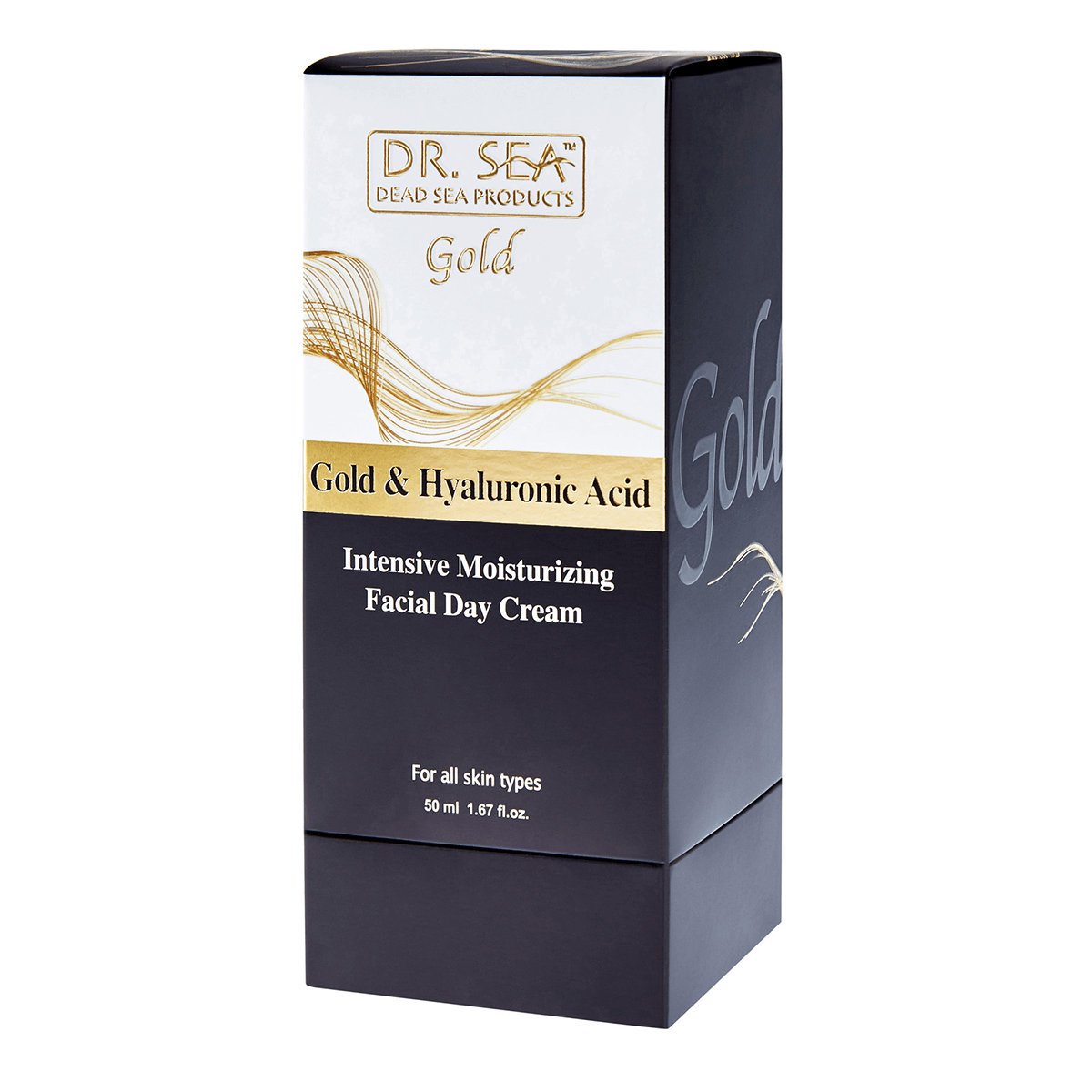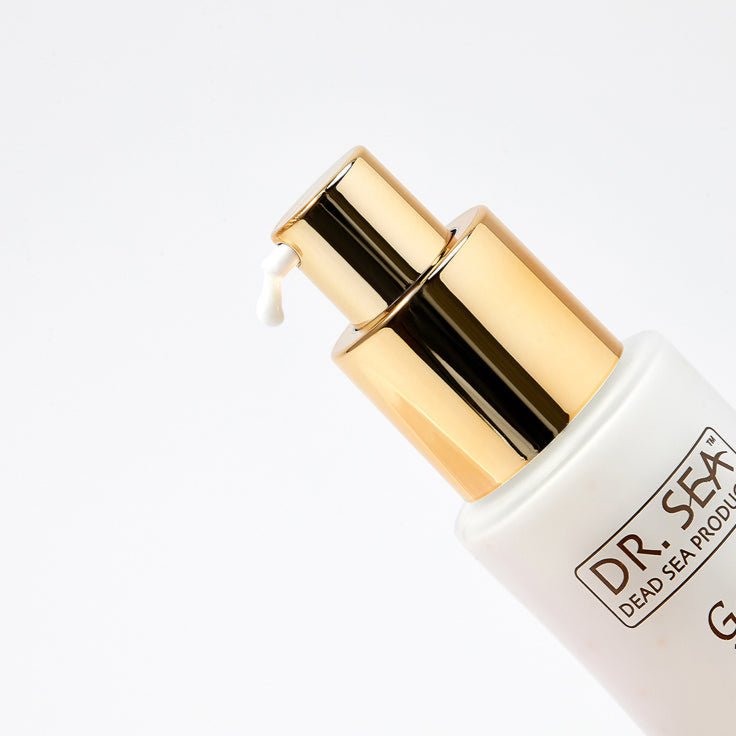Key Takeaways
-
The Dead Sea's extreme salinity prevents most aquatic life from surviving.
-
Despite its inhospitable conditions, halophilic microorganisms thrive in the Dead Sea.
-
This unique ecosystem highlights nature's adaptability and has scientific significance.
The Dead Sea, renowned for its high salt concentration and buoyant waters, is often considered a lifeless body of water. But is it truly "dead"? Surprisingly, while it cannot support fish or typical marine life, the Dead Sea harbors a fascinating array of microscopic organisms uniquely adapted to its harsh environment.
Why Can't Fish or Plants Live in the Dead Sea?
The Dead Sea's salinity level is approximately 33%, nearly ten times saltier than most oceans. This extreme salinity creates conditions that are:
-
Osmotically Stressful: The high salt concentration disrupts cellular processes in most plants and animals.
-
Dehydrating: The environment draws water out of cells, making survival impossible for most aquatic life.
Because of this, the Dead Sea is inhospitable to fish, aquatic plants, and other typical marine organisms.
The Life That Thrives: Halophilic Microorganisms
Despite its name, the Dead Sea is not entirely devoid of life. It is home to halophilic, or salt-loving, microorganisms such as:
-
Bacteria: Certain strains of bacteria have adapted to the high salinity by developing specialized cellular mechanisms.
-
Archaea: These ancient microorganisms are even more resilient, thriving in hypersaline environments where few other life forms can exist.
-
Algae (During Rare Conditions): After heavy rains dilute the salt concentration slightly, certain species of algae, like Dunaliella, may briefly flourish.
These microorganisms are uniquely adapted to the Dead Sea’s harsh conditions and play a vital role in its ecosystem.
How Do Halophiles Survive in the Dead Sea?
Halophilic microorganisms have evolved extraordinary adaptations to endure the extreme salinity, including:
-
Salt Pumps: Special mechanisms to expel excess salt from their cells.
-
Protective Proteins: Unique proteins that stabilize their cellular structures in hypersaline conditions.
-
Glycerol Production: Some organisms produce glycerol to counteract the dehydrating effects of the salt.
Why Is This Ecosystem Important?
The microorganisms of the Dead Sea provide critical insights into:
-
Biological Resilience: How life can adapt to extreme environments on Earth.
-
Astrobiology: Studying halophiles helps scientists understand how life might survive in similar conditions on other planets, like Mars.
-
Ecological Impact: These microorganisms contribute to the mineral-rich environment of the Dead Sea, the same minerals found in therapeutic products used worldwide. Explore Dead Sea mineral-rich products here.
Misconceptions About the Dead Sea's "Deadness"
While the Dead Sea lacks visible aquatic life, its microbial ecosystem is teeming with activity. This "hidden life" challenges the assumption that the Dead Sea is entirely lifeless and underscores the remarkable adaptability of life.
The Dead Sea’s Environmental Challenges
Despite its resilient microorganisms, the Dead Sea is facing environmental issues:
-
Declining Water Levels: Reduced inflow from the Jordan River and increased mineral extraction are causing the water levels to drop.
-
Changing Salinity: As water levels decline, salinity increases, potentially disrupting the delicate balance of microbial life.
Conclusion
The Dead Sea may not support fish or aquatic plants, but it is far from lifeless. Its halophilic microorganisms represent nature’s incredible ability to adapt to extreme environments. This hidden ecosystem adds to the scientific and ecological significance of this natural wonder, making the Dead Sea a fascinating subject of study and exploration.
The same minerals that support this unique microbial life are renowned for their therapeutic and cosmetic properties. From skincare to relaxation, you can experience the benefits of the Dead Sea through our curated collection of mineral-rich products. Explore the possibilities here.















